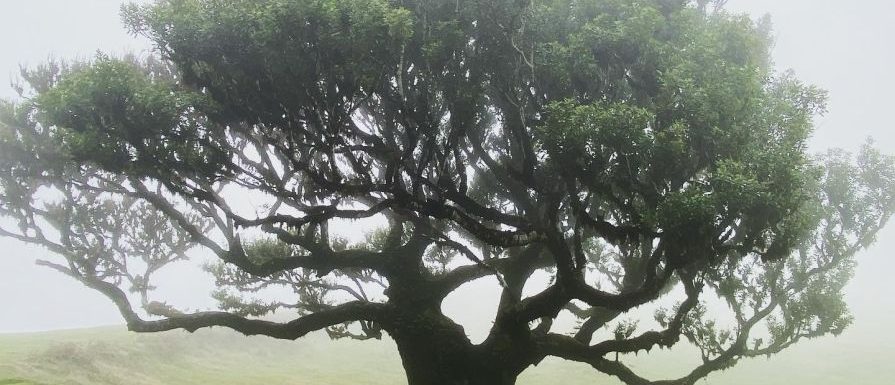
Madeira, the Portuguese island about 800 km west of Casablanca, is well known for its overwhelming flowerage. Despite the flowers having been imported from all over the world some hundred years ago, it is a spectacular sight. And goes well together with the steep cliffs, volcanic mountains and misty rainforests. Overall, Madeira feels a bit like Hawaii. Only the great beaches are missing. This is the second part of our Madeira trip – it covers mainly walks in the central and northern area, in particular: the Levada dos Cedros, the Risco Waterfall, Calhau, Ribeira da Janela, the area around Sao Jorge, and some of the central parts.
Anzeige*
| Destination | Arco de Calheta, Madeira, Portugal |
| How I got there | direct flights from Duesseldorf. |
| Where I stayed and Hotel recommendations | We stayed at a nice flat near Calheta beach: https://www.quinta-golfinho.com/en/
There are hundreds of houses and hotels available on Madeira, and most of them offer sea view. We particularly liked the small apartment complex, as it was very close to the shore (just about 50 meters above) and we could watch dolphins and whales right from our breakfast table on the balcony. |
| Restaurants | Restaurant A Poita, Madalena do Mar (https://www.facebook.com/pages/category/Portuguese-Restaurant/Restaurante-A-Poita-1461344890780511/)
Restaurant La Parreira (https://www.tripadvisor.de/Restaurant_Review-g676335-d8008280-Reviews-La_Parreira-Ribeira_Brava_Madeira_Madeira_Islands.html), Rua Comandante Camacho de Freitas 517, Ribeira Brava / Campanario Restaurant Engenho Velho (https://www.tripadvisor.de/Restaurant_Review-g1190953-d19240991-Reviews-Engenho_Velho_Restaurante-Arco_da_Calheta_Calheta_Madeira_Madeira_Islands.html) Akua by Chefe Julio Pereira (in funchal Old Town)(https://www.tripadvisor.de/Restaurant_Review-g189167-d17706466-Reviews-Akua_by_Chefe_Julio_Pereira-Funchal_Madeira_Madeira_Islands.html) Moinho at Fajã da Ovelha: Poncha bar |
| Things to do | Watch whales and dolphins – we actually saw sperm whales!
Walk along the unique “levadas”, the water channels with (mostly) comfortable walkways alongside Or for more sporty natures: there are hiking trails of every slope level. And I figures out: hiking downhill can be more strenuous than climbing up. Enjoy great sea views from almost everywhere. Visit Funchal, the capital of Madeira, and try the famous Madeira wine, e.g. at Blandy’s (https://www.tripadvisor.com/Attraction_Review-g189167-d271927-Reviews-Blandy_s_Wine_Lodge-Funchal_Madeira_Madeira_Islands.html). And if you’re in the area of Calheta and would like to taste the local Rum, which is still produced during April and May at the local plant from local sugar cane, then you should visit this sugar factory, which is a museum during the rest of the year and have a small, nice rum tasting area, whre you can try new and old ones. (https://www.tripadvisor.com/Attraction_Review-g1178726-d4289769-Reviews-Sociedade_dos_Engenhos_da_Calheta-Calheta_Madeira_Madeira_Islands.html). Just down the road, there’s a small bar that also offers the local rum. |
| Recommendations in a nutshell | Prepare to climb steep hills up and down – Madeira obviously is of volcanic origin. If you book a car (and you certainly will need it to get around), invest money into a bit more horsepower. As mentioned – the mountains really are rampant, and so are the streets. |
| recipe | Poncha: a cocktail of white rum, honey, orange and lemon juice, and maybe a little bit of passion fruit. |
Rabacal – the Laurel Forest area
The northern area of Madeira – like on the Canary Islands – is the most humid, but also greenest part of the Island. Mist and rain are present quite frequently, leading to the spectacular Laurel and Fern Forests.
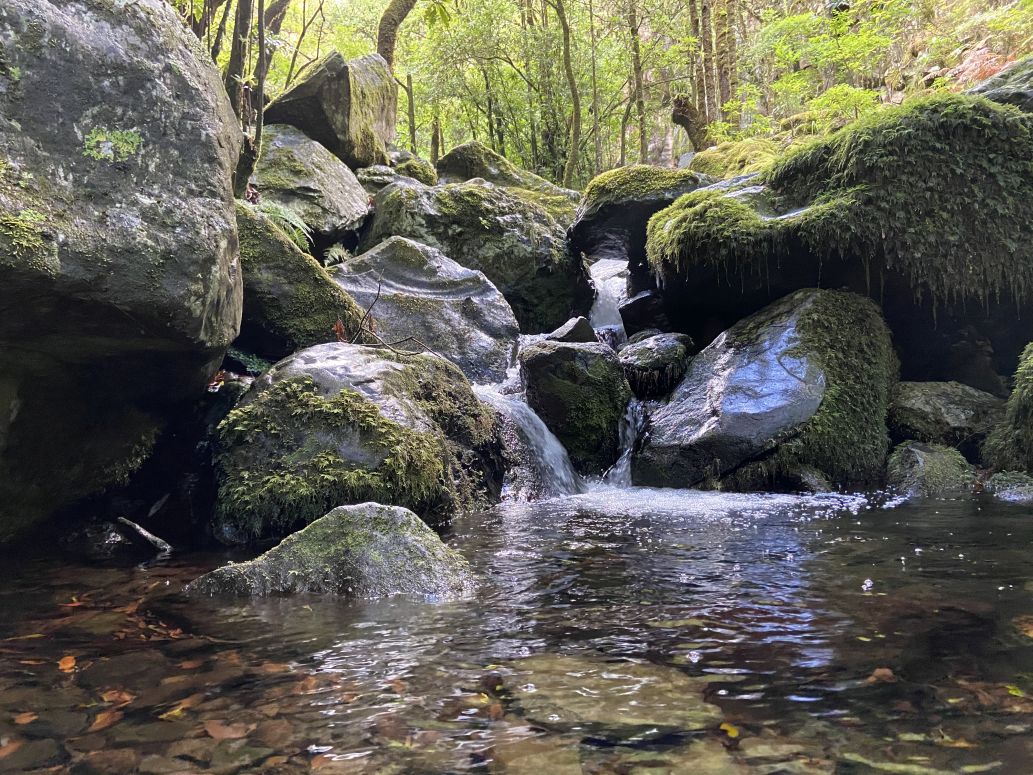
The area exhibits many of the famous “levadas”, the waterways that have been installed since the middle ages for providing water to the arid coastal areas. Nowadays, the paths next to the cmall channels mainly serve as tourist walkways, and in fact they lead through all the famous forest areas. As the levadas usually run without major slopes, walking is nice and easy – provided the levadas are acessible from the road. Otherwise, you’ll have to climb up or down to the channels.
Levada dos Cedros
Levadas, the small water channels running all over Madeira, and their adjacent footpaths are a particularly comfortable way of discovering Madeira’s nature. Usually, they run pretty even-grade with the ground, so there are no steep slopes up or down to manage. This is true for the “Levada dos Cedros” if you just walk forth and back from the street (Rother Hiking Guide version 2020, Hike No. 60).
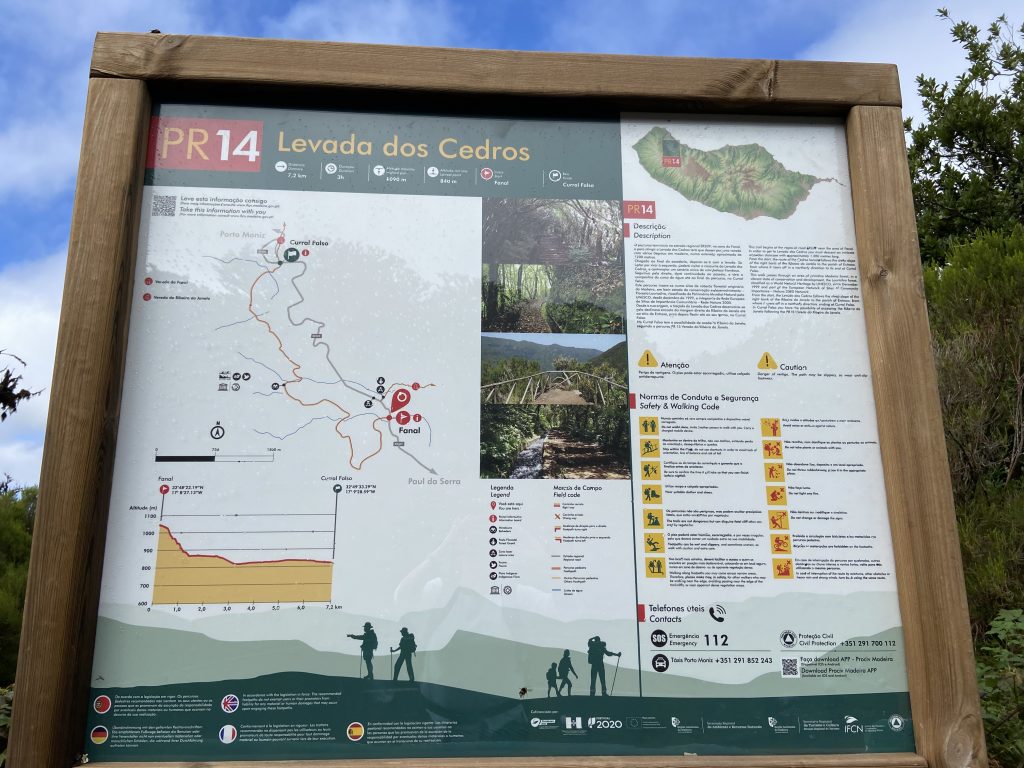
A bit more challenging is a circle, which starts at the “Posto Florestal Fanal”, the forester’s house at Fanal. From there you’ll have to climb down to the levada level:
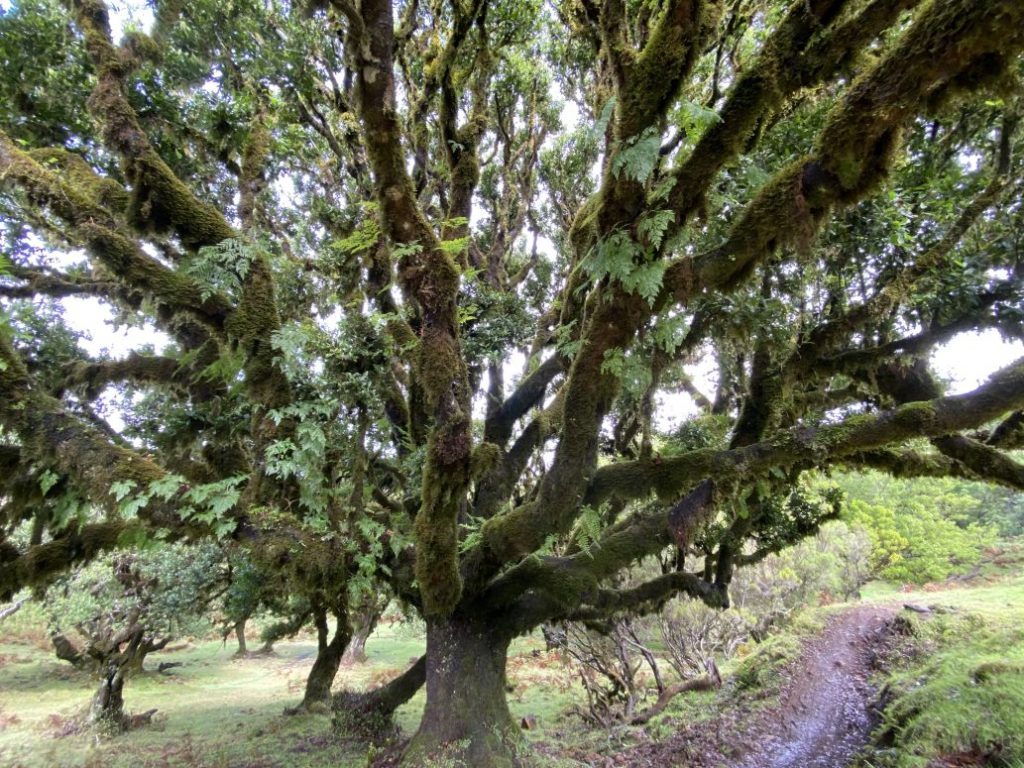 |
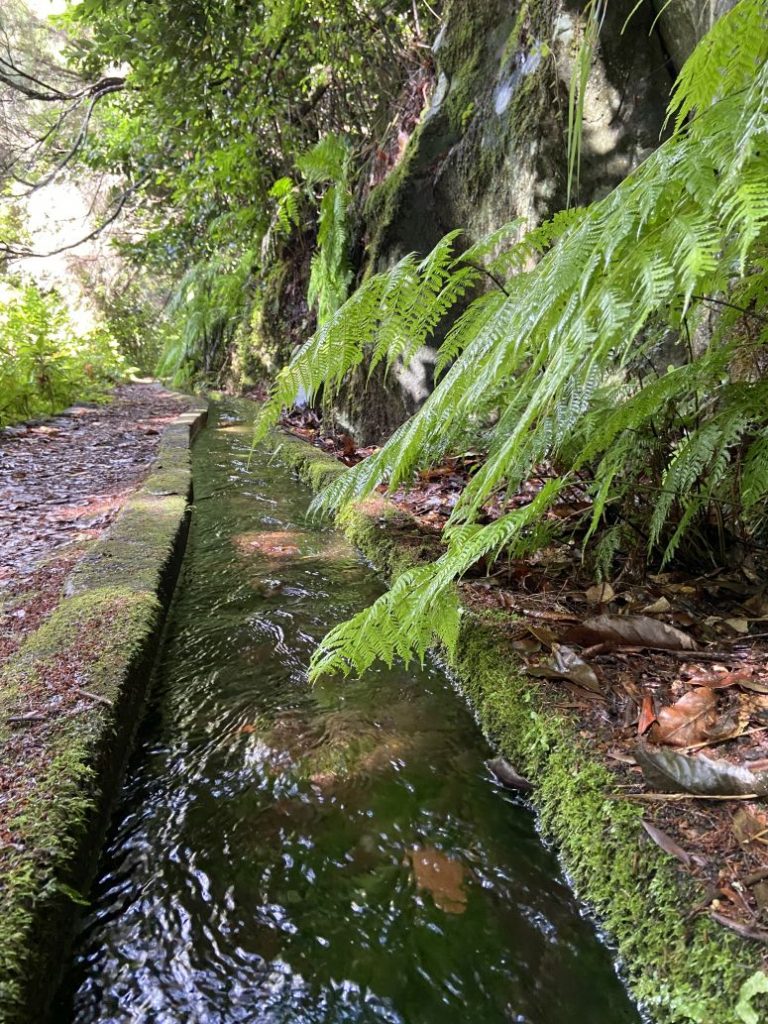 |
Then follow the levada from it’s spring pond…

…through a forest of Laurel trees, which almost resembles a jungle.
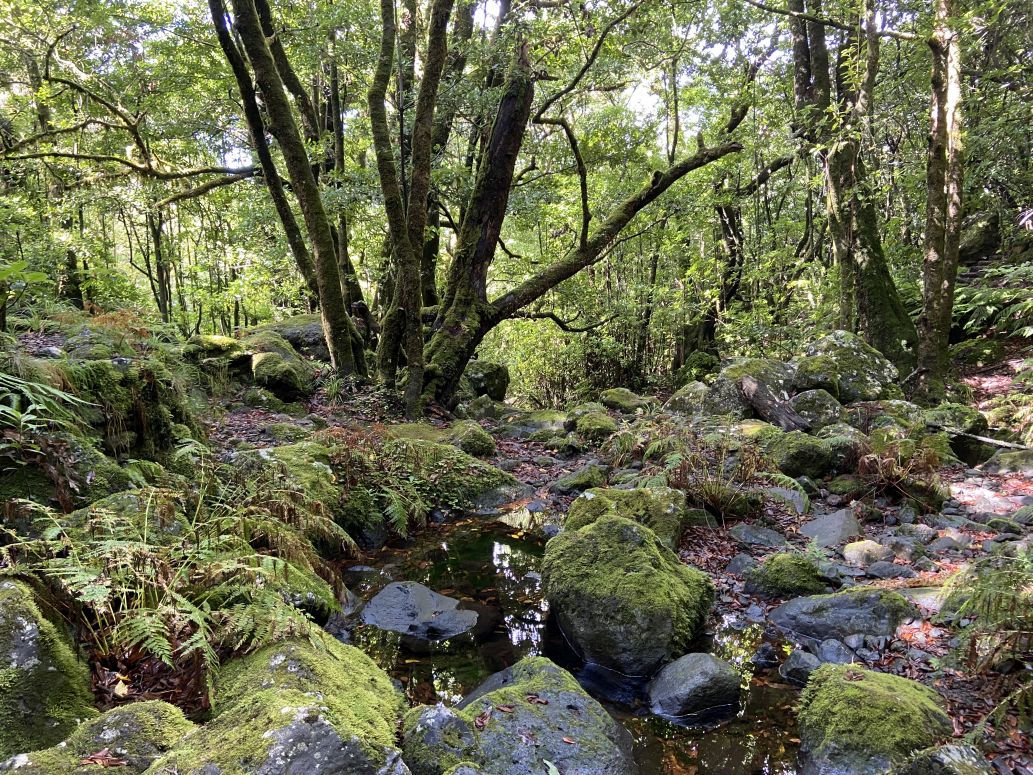 |
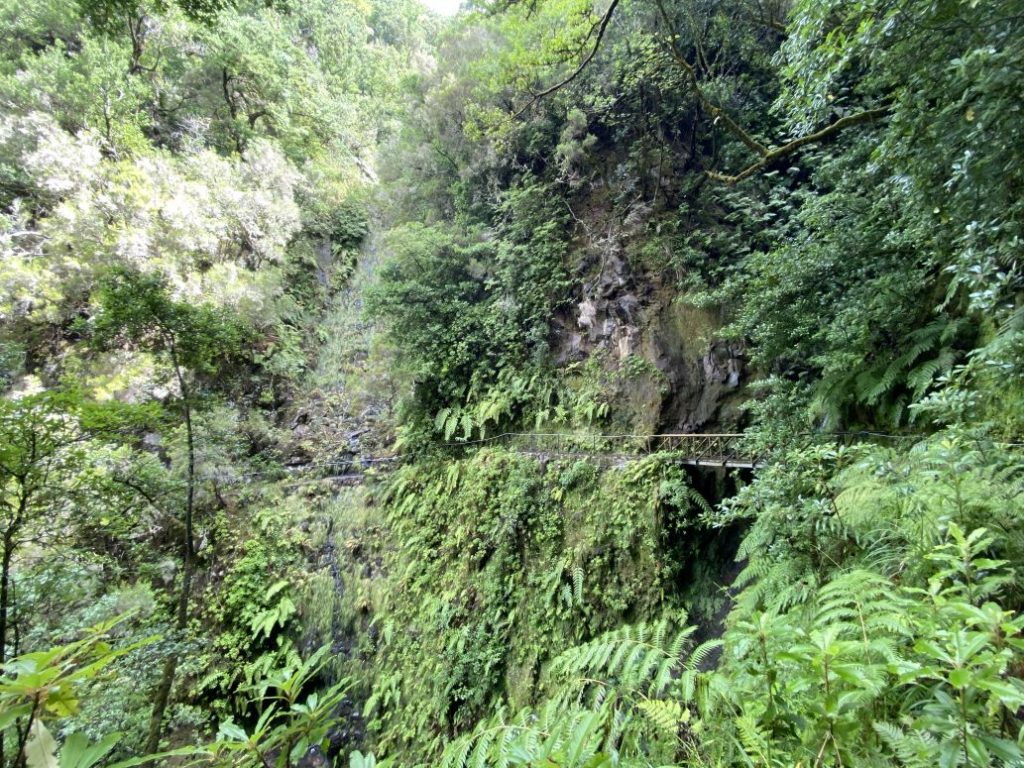 |
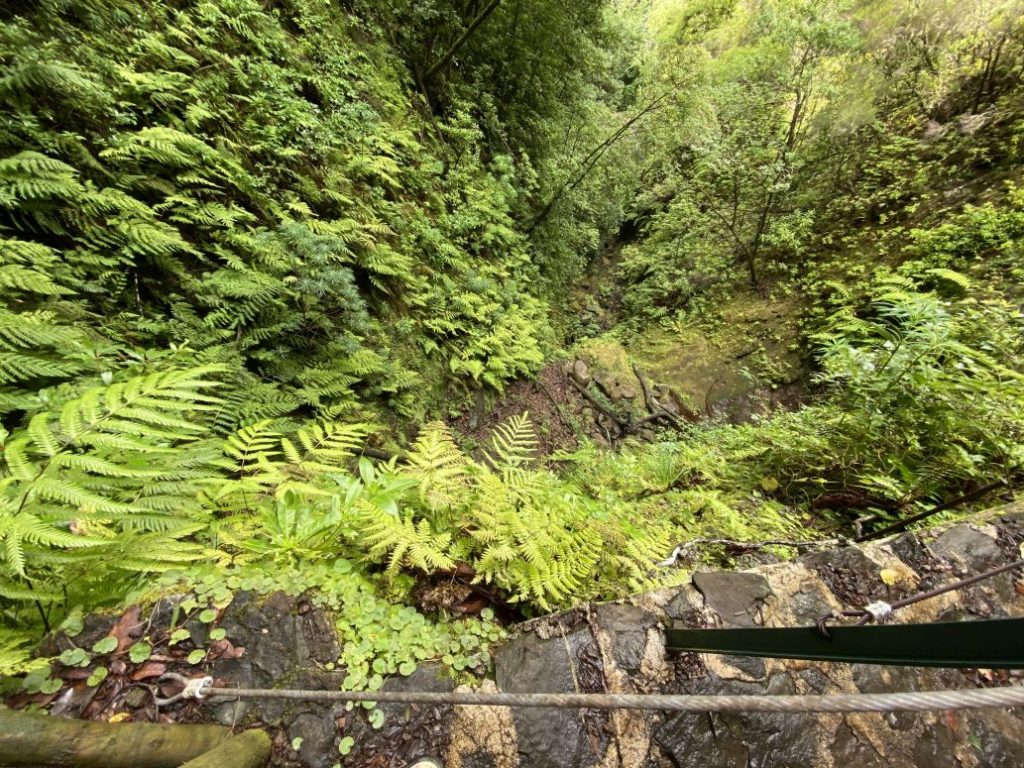 |
Small streams cross the path. And the vegetation is really overwhelming.
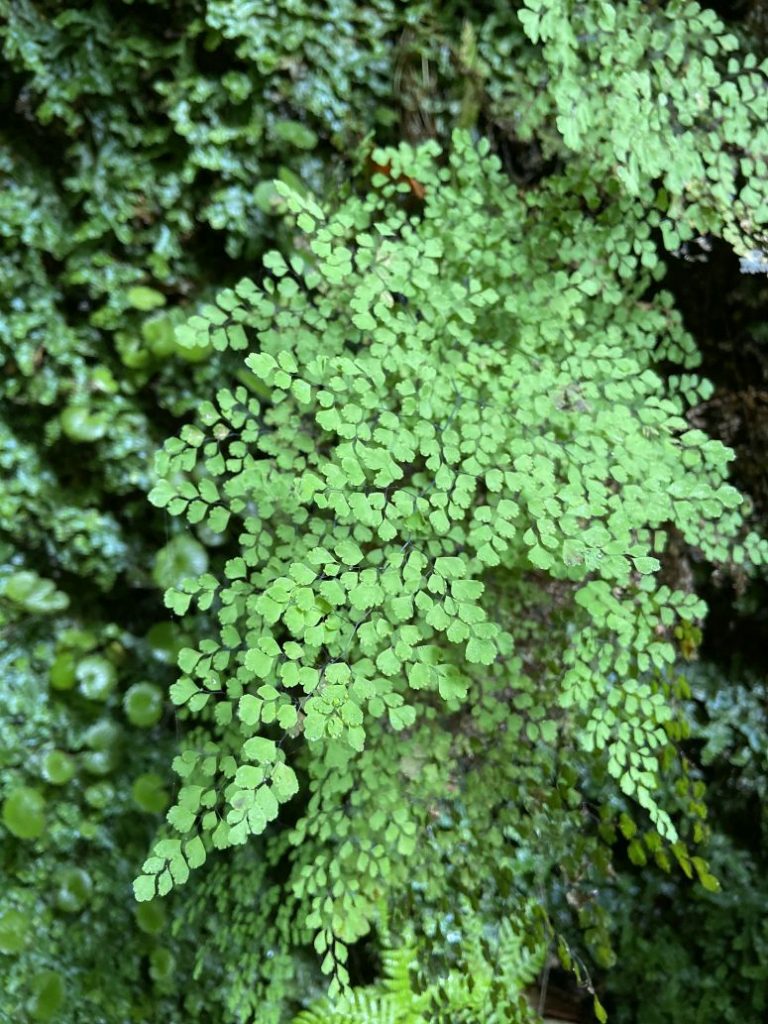 |
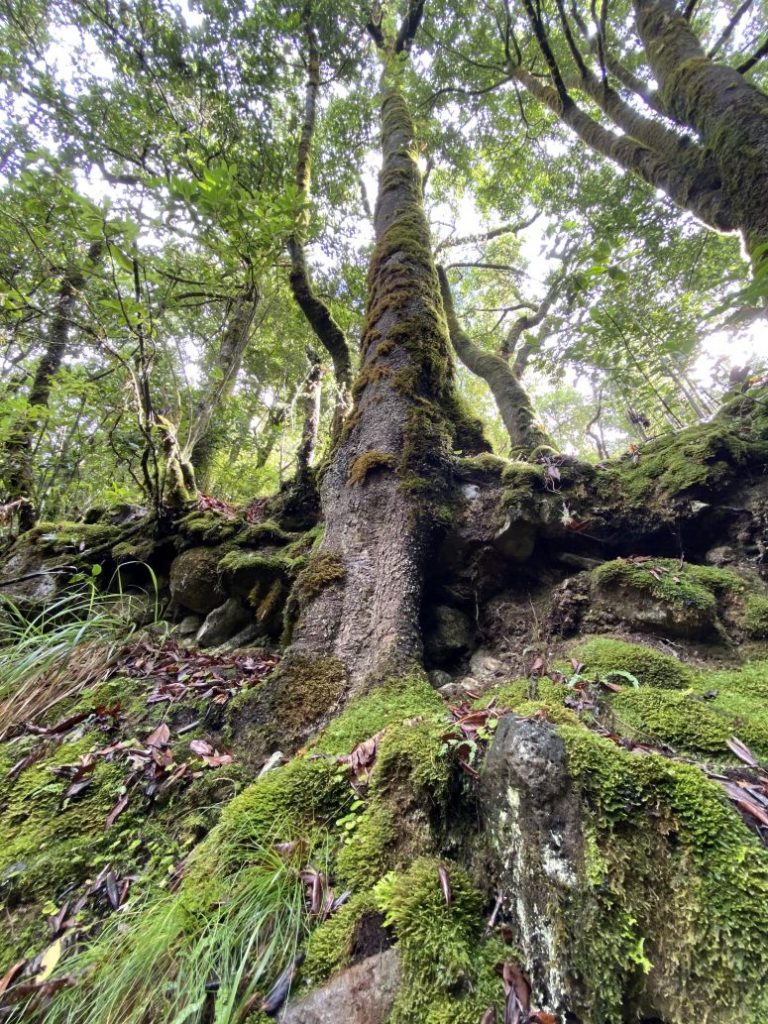 |
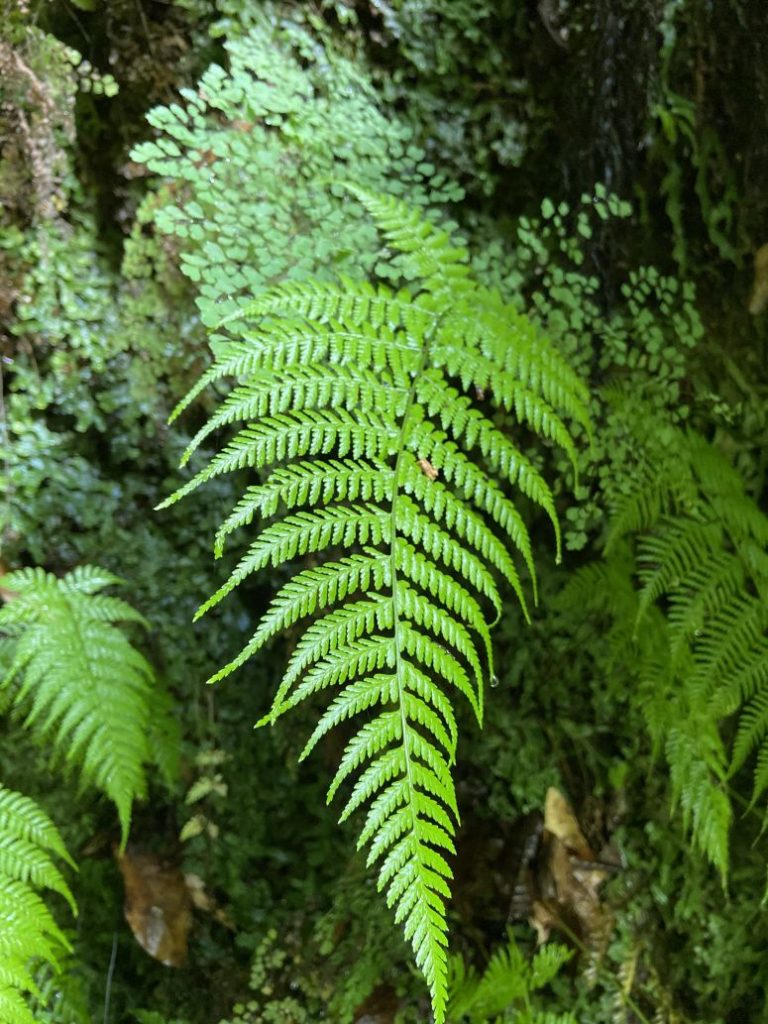 |
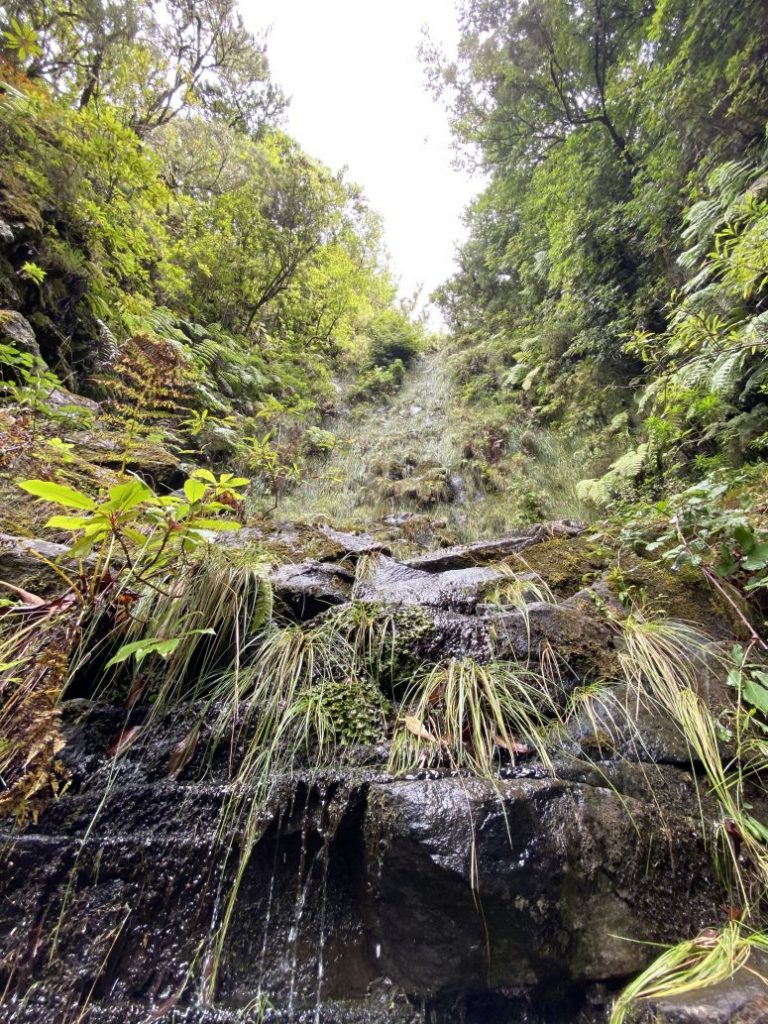 |
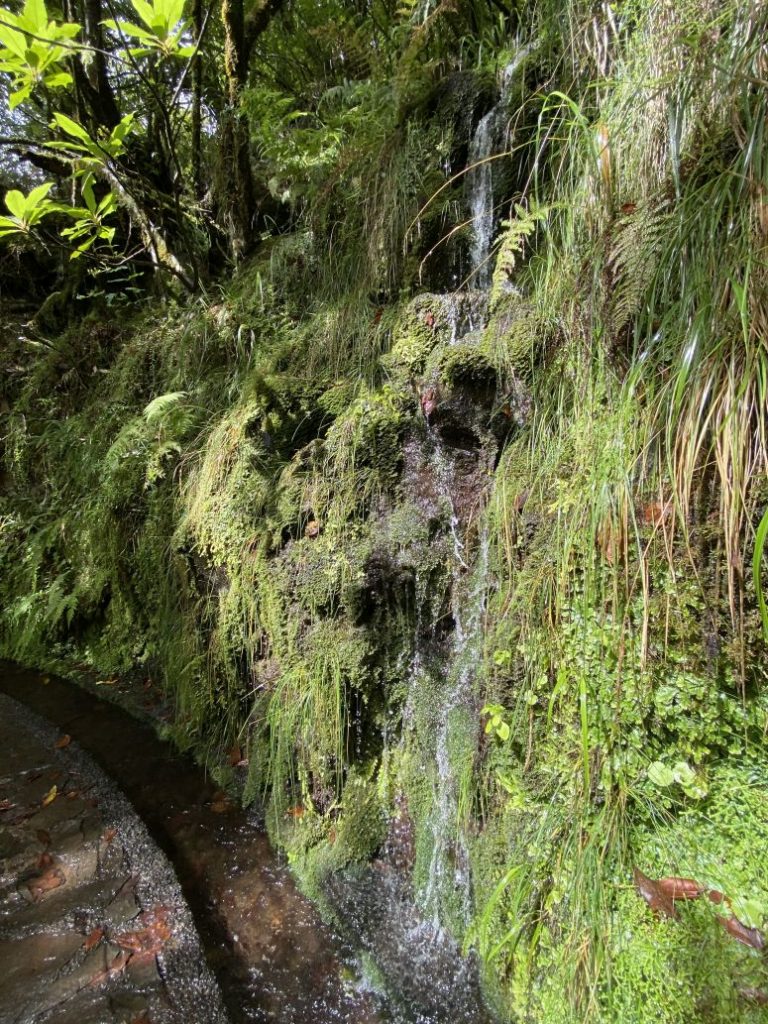 |
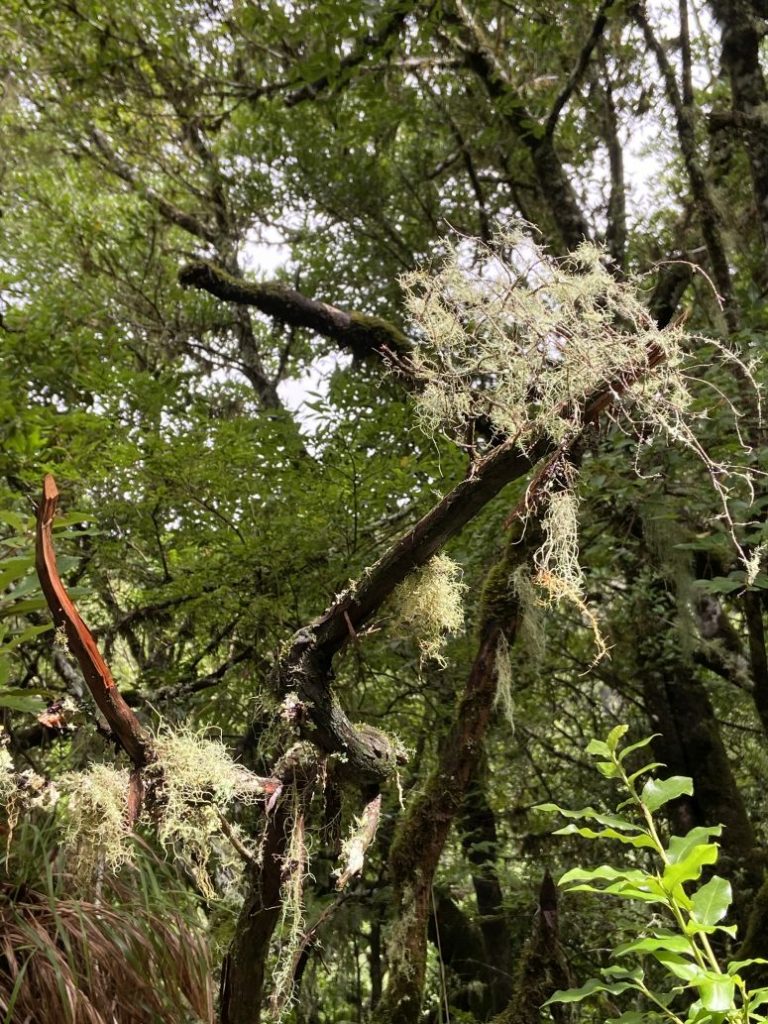 |
Occasionally, the forest clears, providing amazing views of the floral landscape.
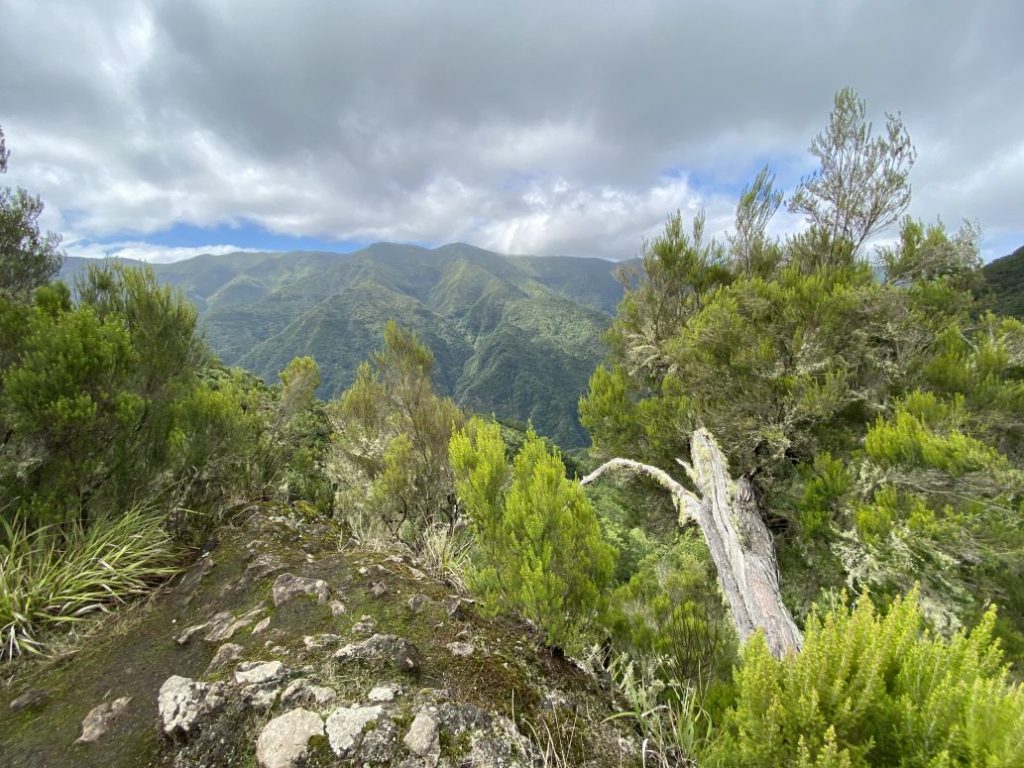
Finally, you’ll reach the street, which you follow uphill to a wide forest road, which leads to an amazing landscape of old Laurel trees.
Laurel Trees
Madeira is one of the very few places in the world with original laurel forest, which is a UNESCO world nature heritage. The trees in the mist are quite a mythical view:
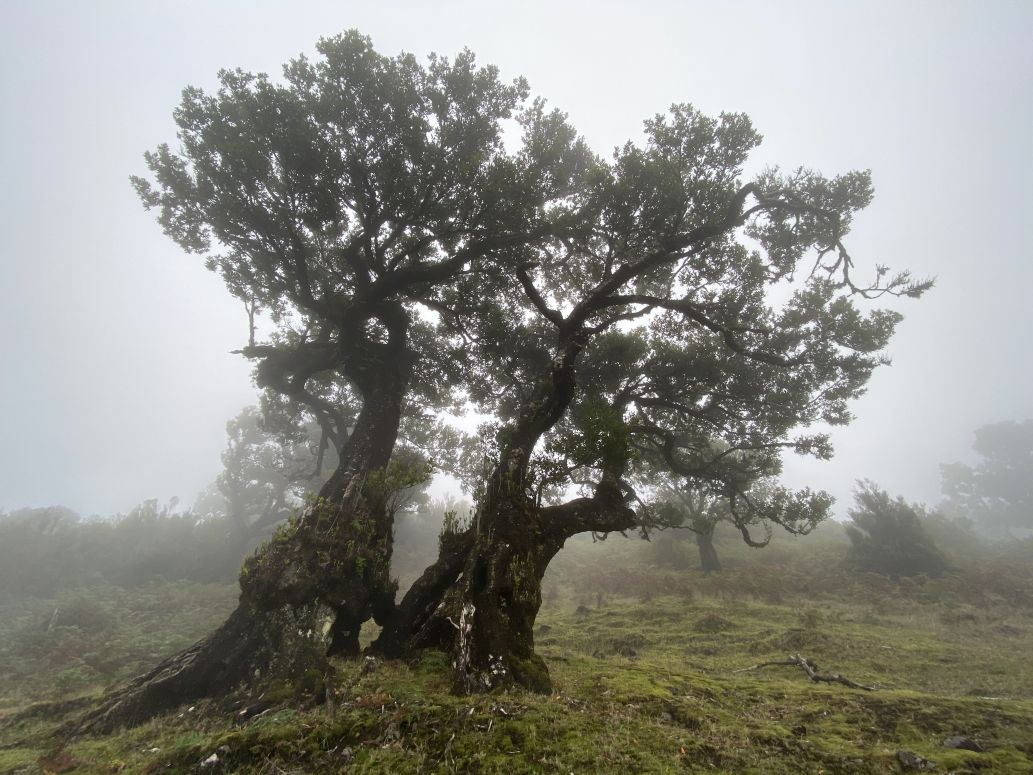
As the weather in this area is quite reliably bad, you’ll have a good chance to see the Laurel trees like this:
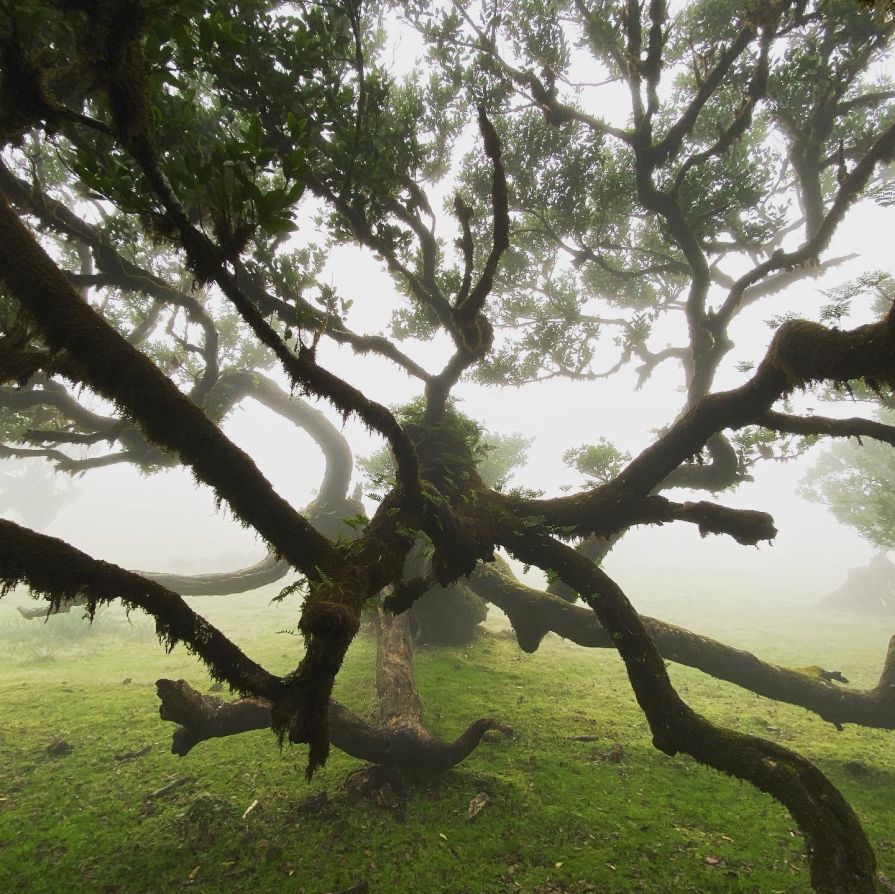
Although we started with blue sky and sunshine, when we reached the Laurel tree area, clouds came up and conferred a really mystical atmosphere:
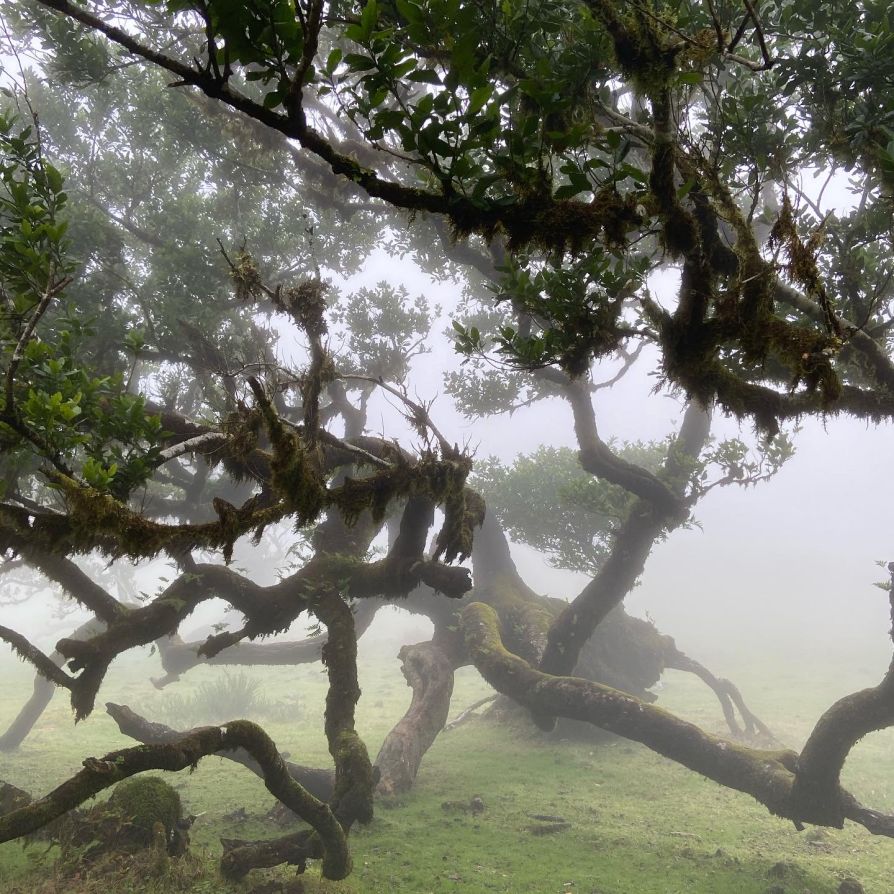 |
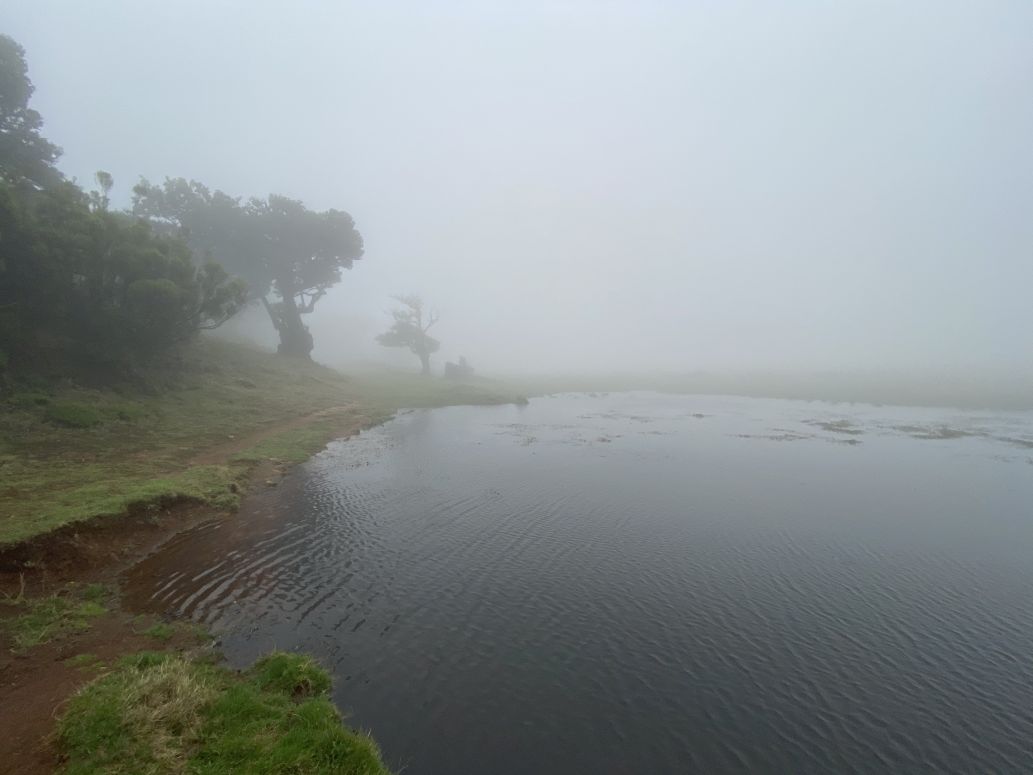 |
 |
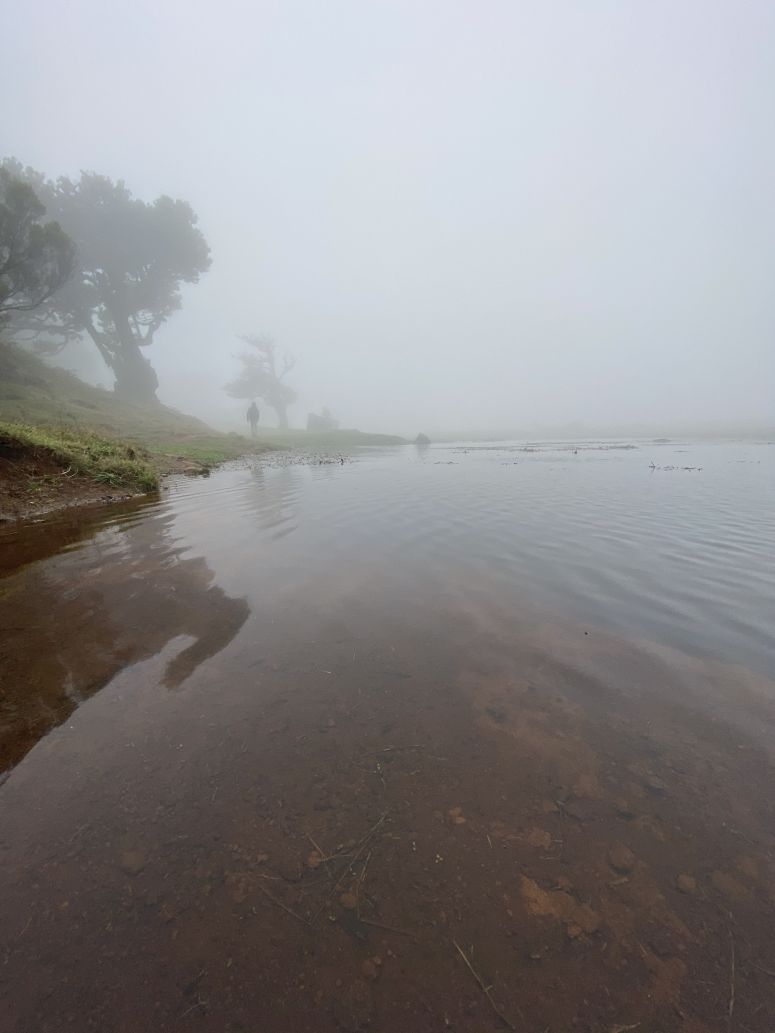 |
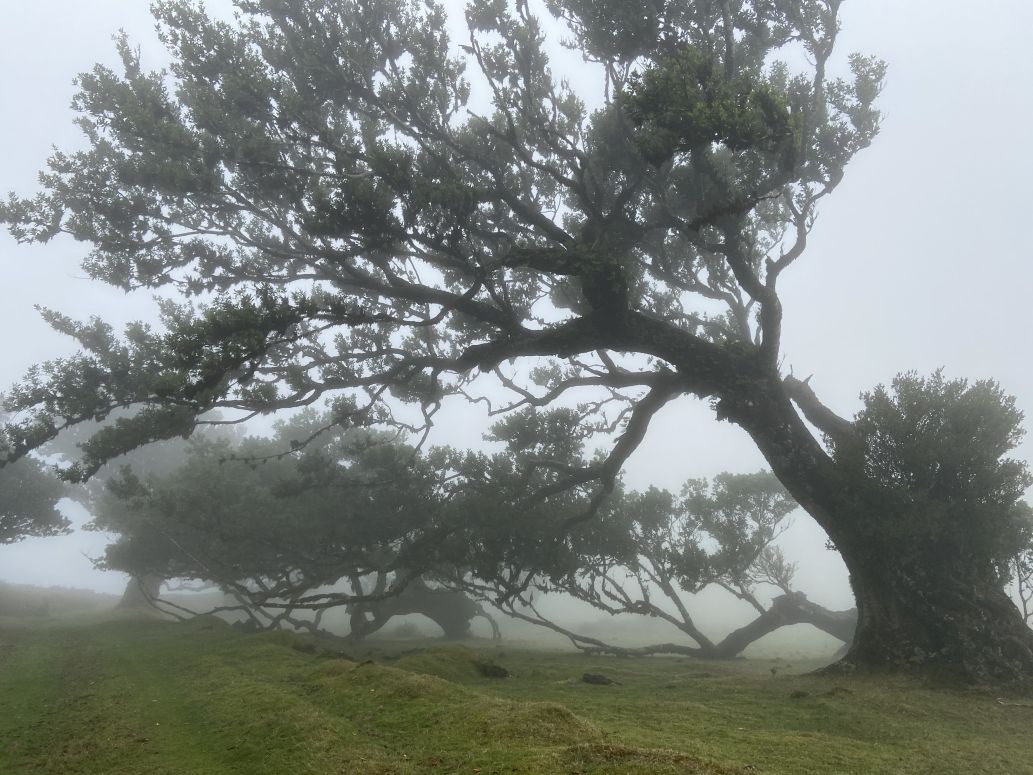 |
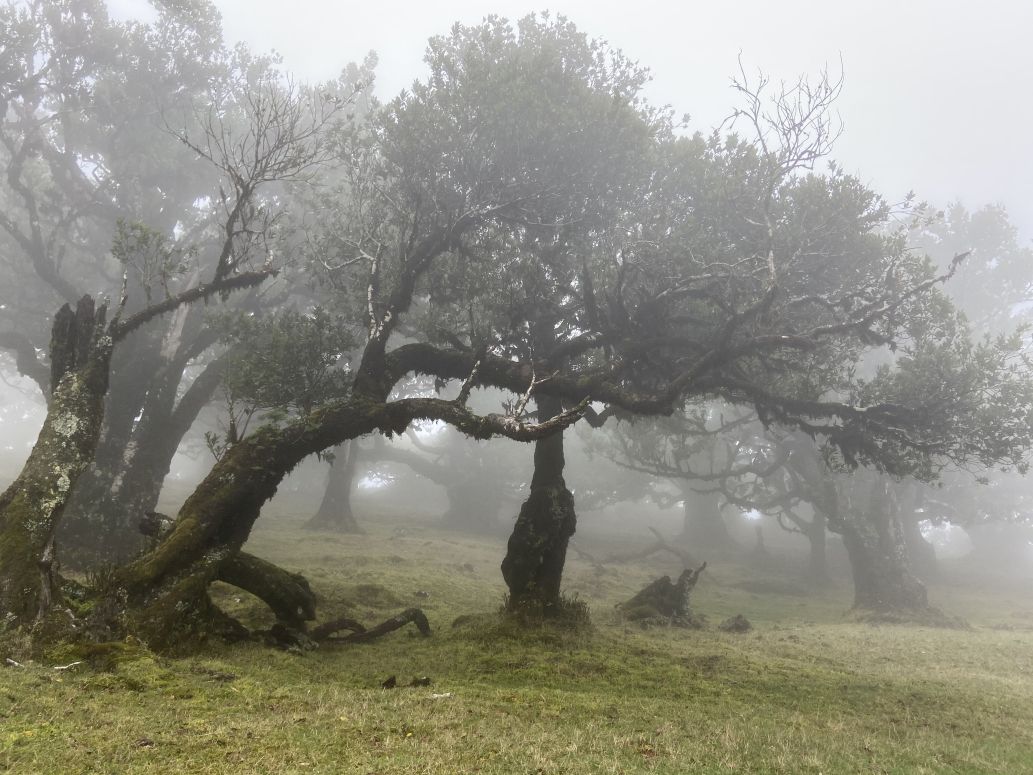 |
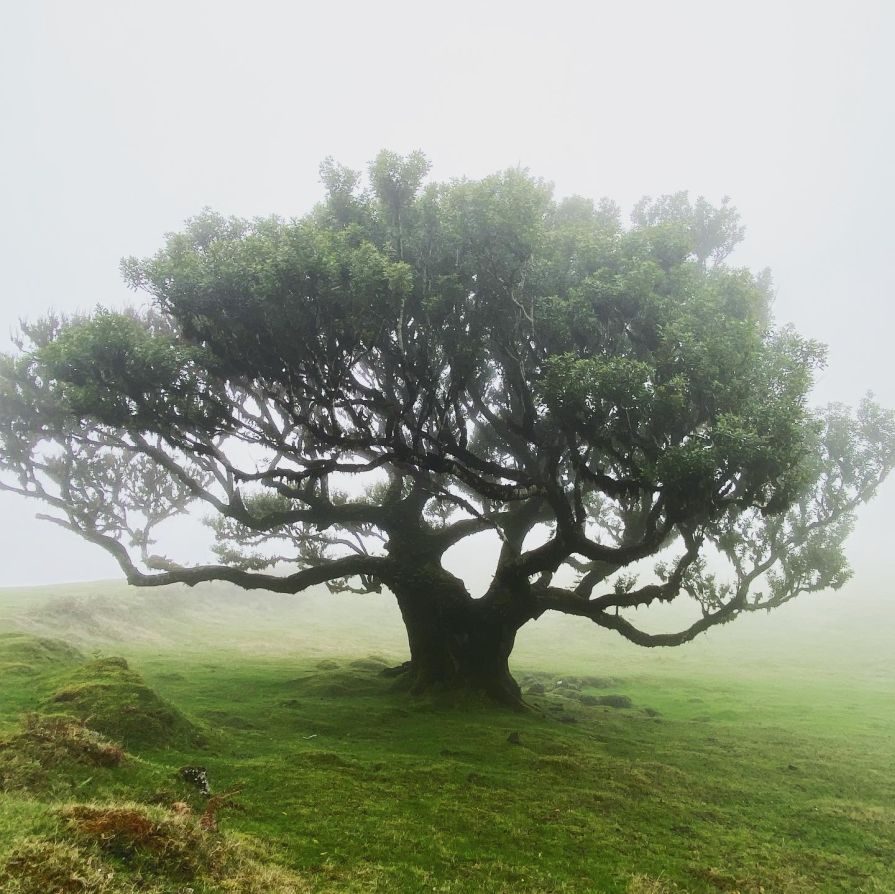
Risco Waterfall
Another attraction in the same area, the Rabaçal area, is the Risco waterfall. The waterfall and the 30 minutes walk forth and back (Rother Hiking Guide version 2020, Hike No. 56) are quite popular, so don’t expect to be on your own. Once you’re there, you can either walk down the pavement or take the mini-bus that commutes between the parking lot at the street and the forester’s house Rabacal (return trip 5 €). We walked and enjoyed the vegetation at the roadside:
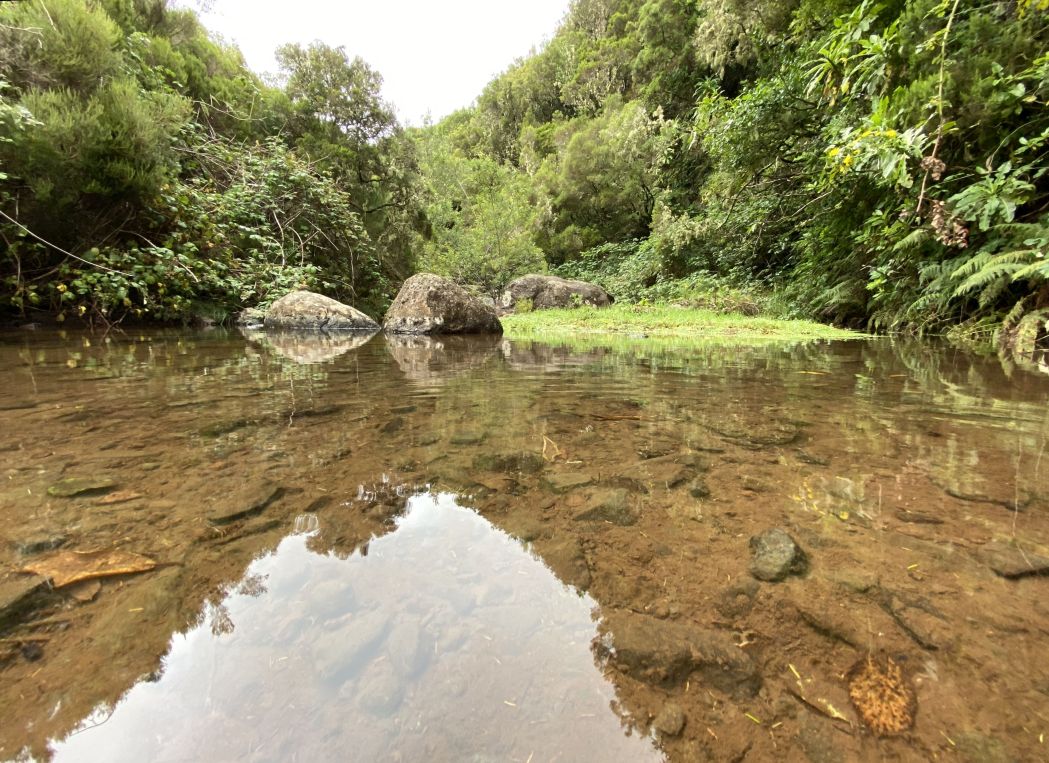 |
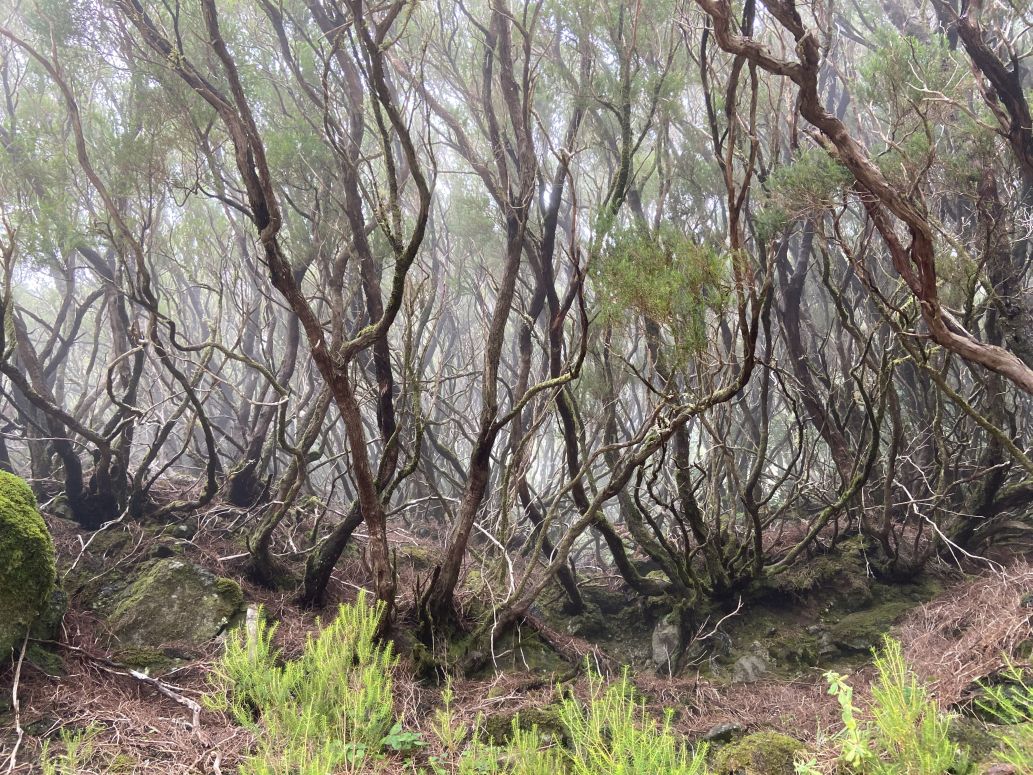 |
From the “Rabacal Posto Florestal” you can either take the easy way right to the Risco Waterfall, or you can chose the more ambitious tour to the “25 Fontes” (25 springs, Rother Hiking Guide version 2020, Hike No. 57). We just took the easy walkway to the Risco Fall, which is really nice despite the loads of tourists:
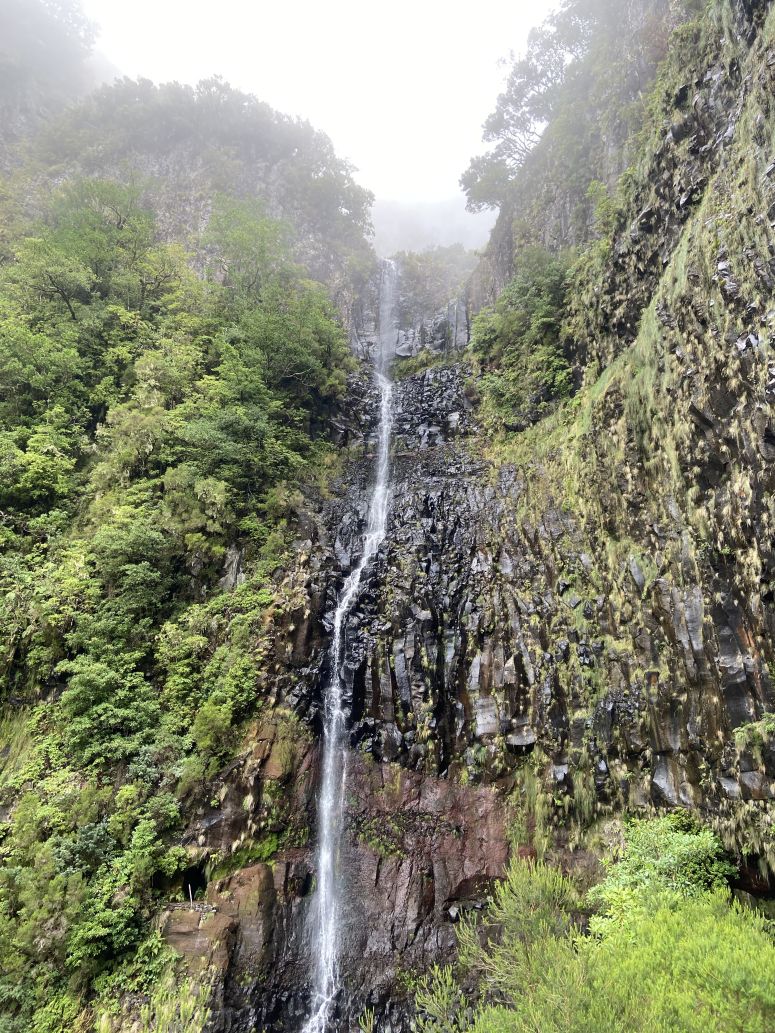 |
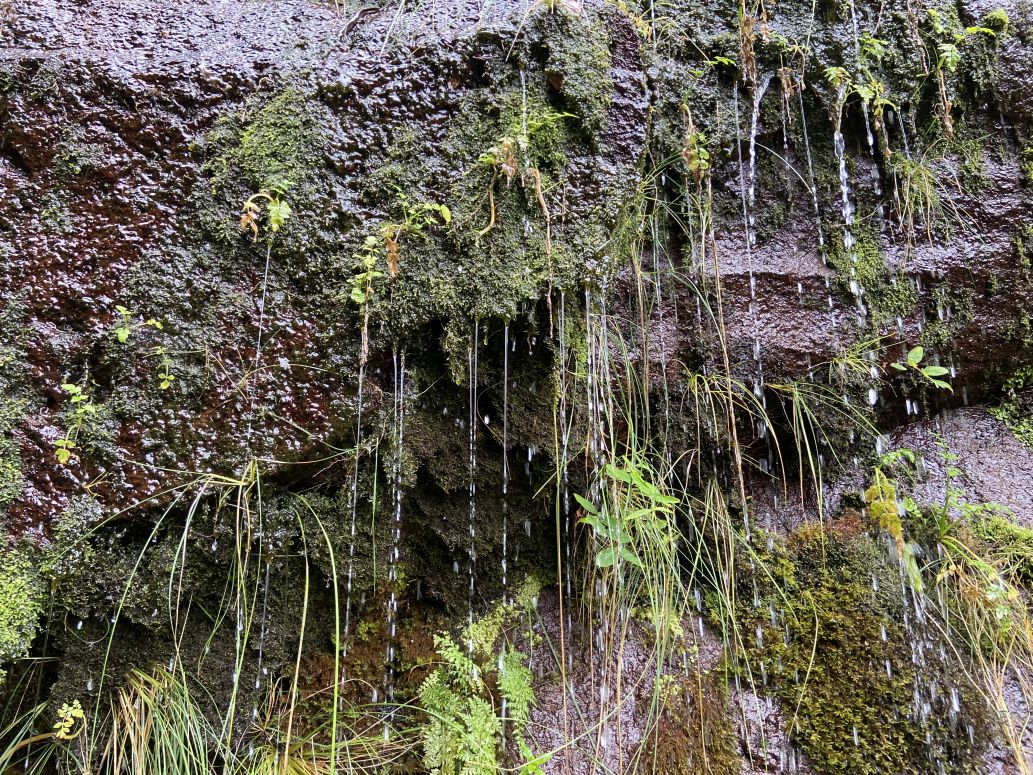 |
The gorge, into which the Risco falls, is quite impressive. At the end of the path, one gets a little wet.

Calhau
We visited some beaches in the North, like the “Calhau” beach near Sao Jorge. You can either hike down from the town of Sao Jorge (Rother Hiking Guide version 2020, Hike No. 24), or go there by car. There’s a small parking space just a few meters from the beach.
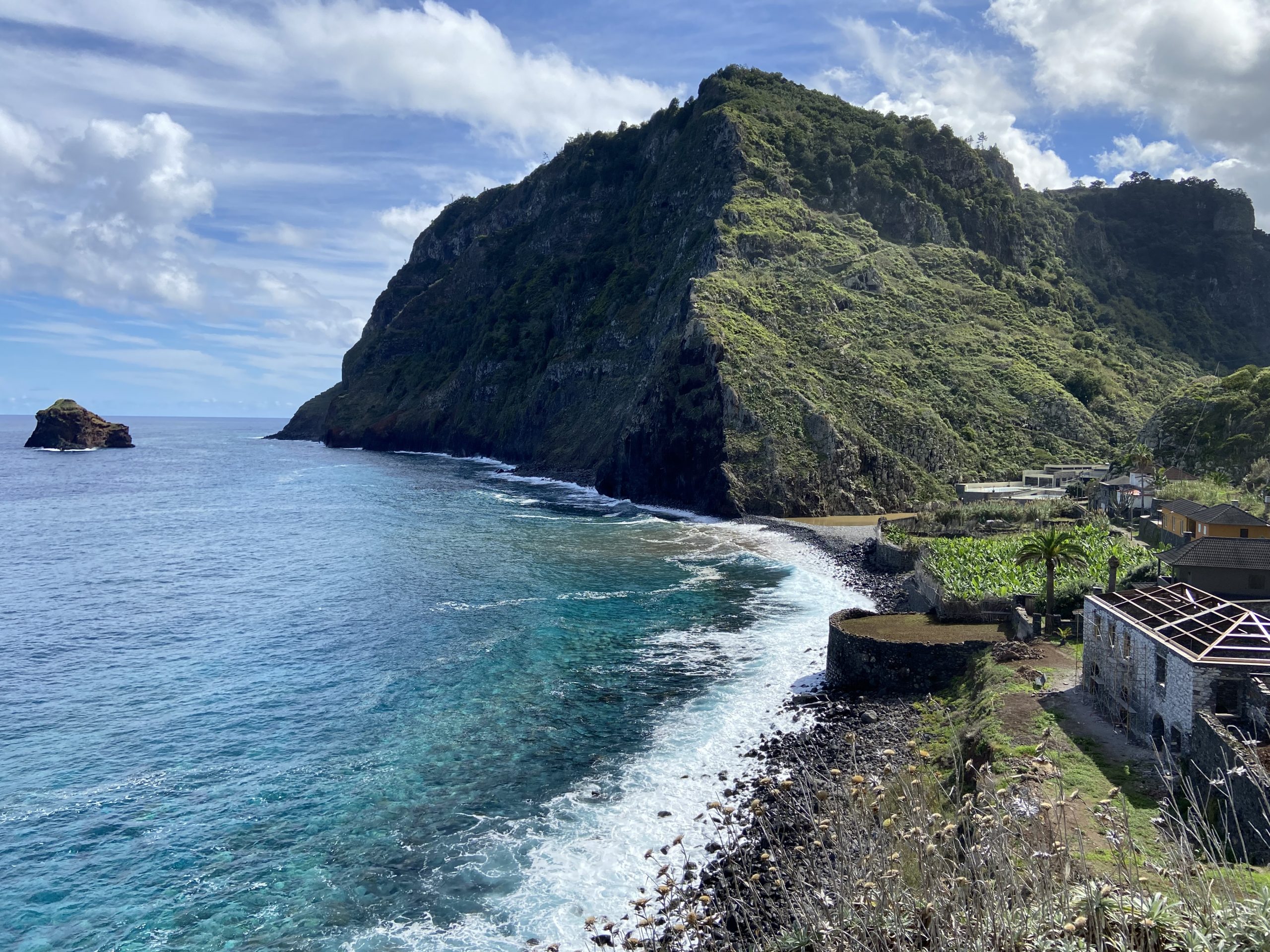
Beyond the old gate there’s a rocky beack, covered with large pebbles. Although the waves are pretty impressive, it is possible to bathe there.
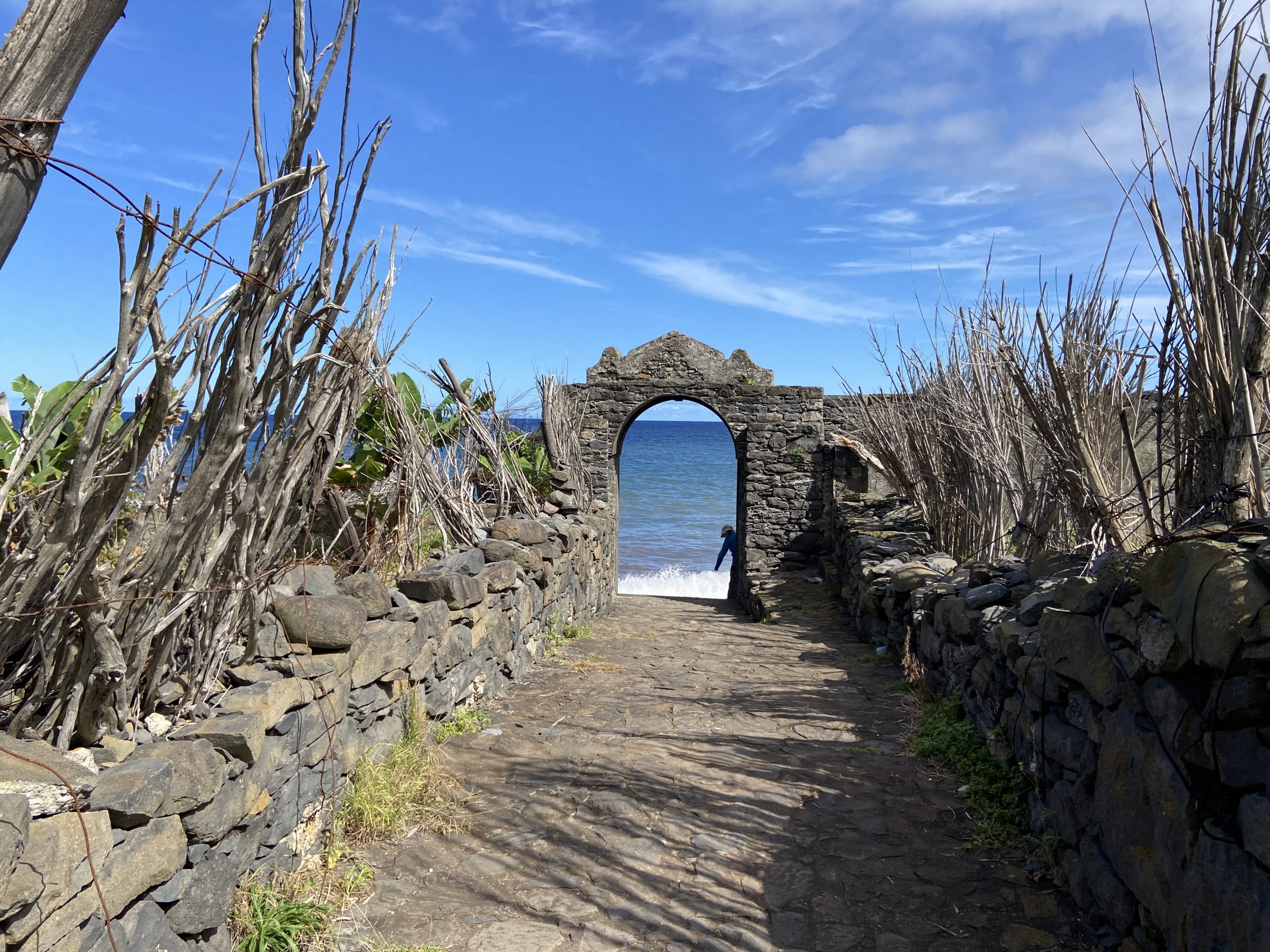 |
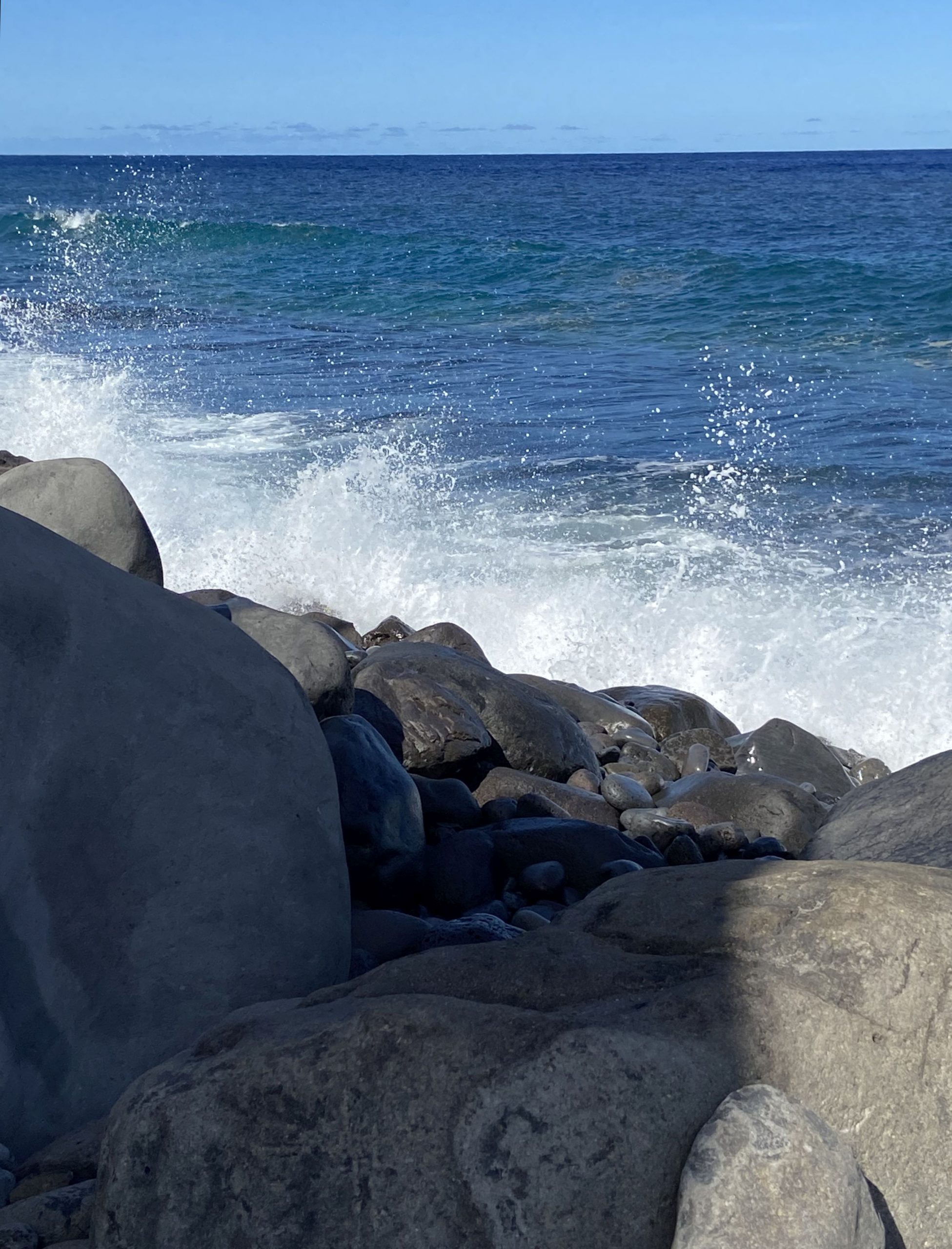 |
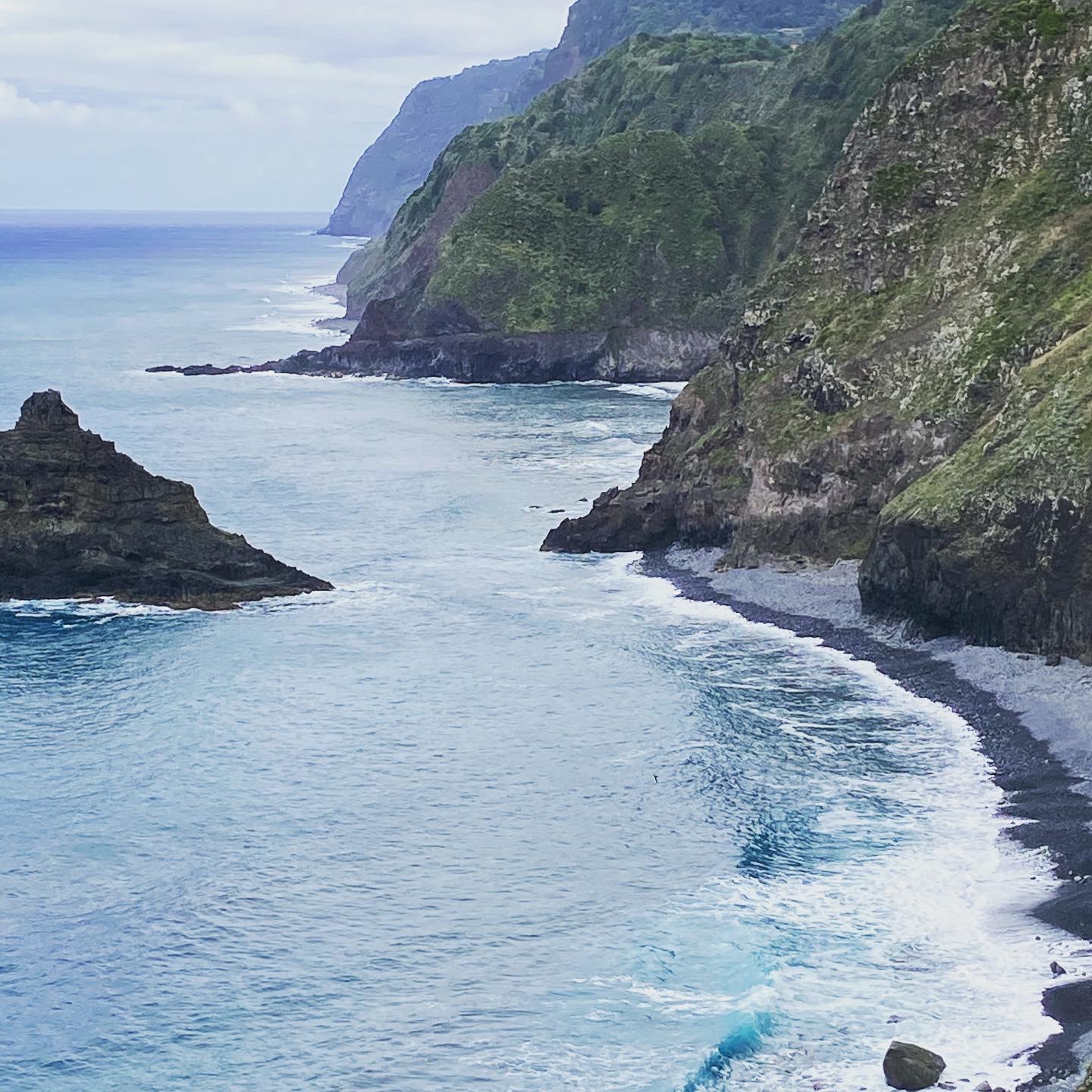 |
There’s a nice coastal walk to the left side of the beach, running about 30 meters above the extremely turquoise water.
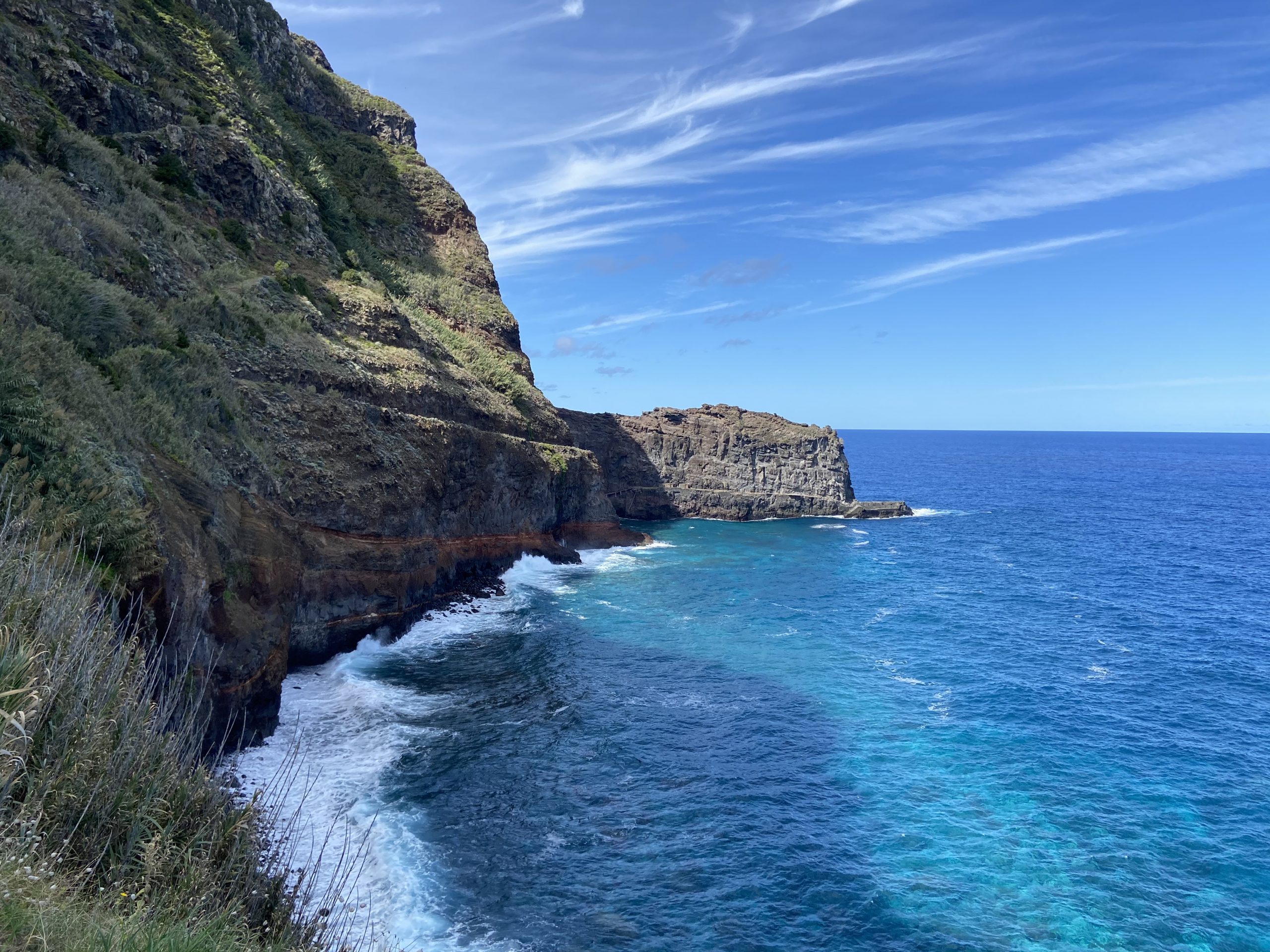 |
 |
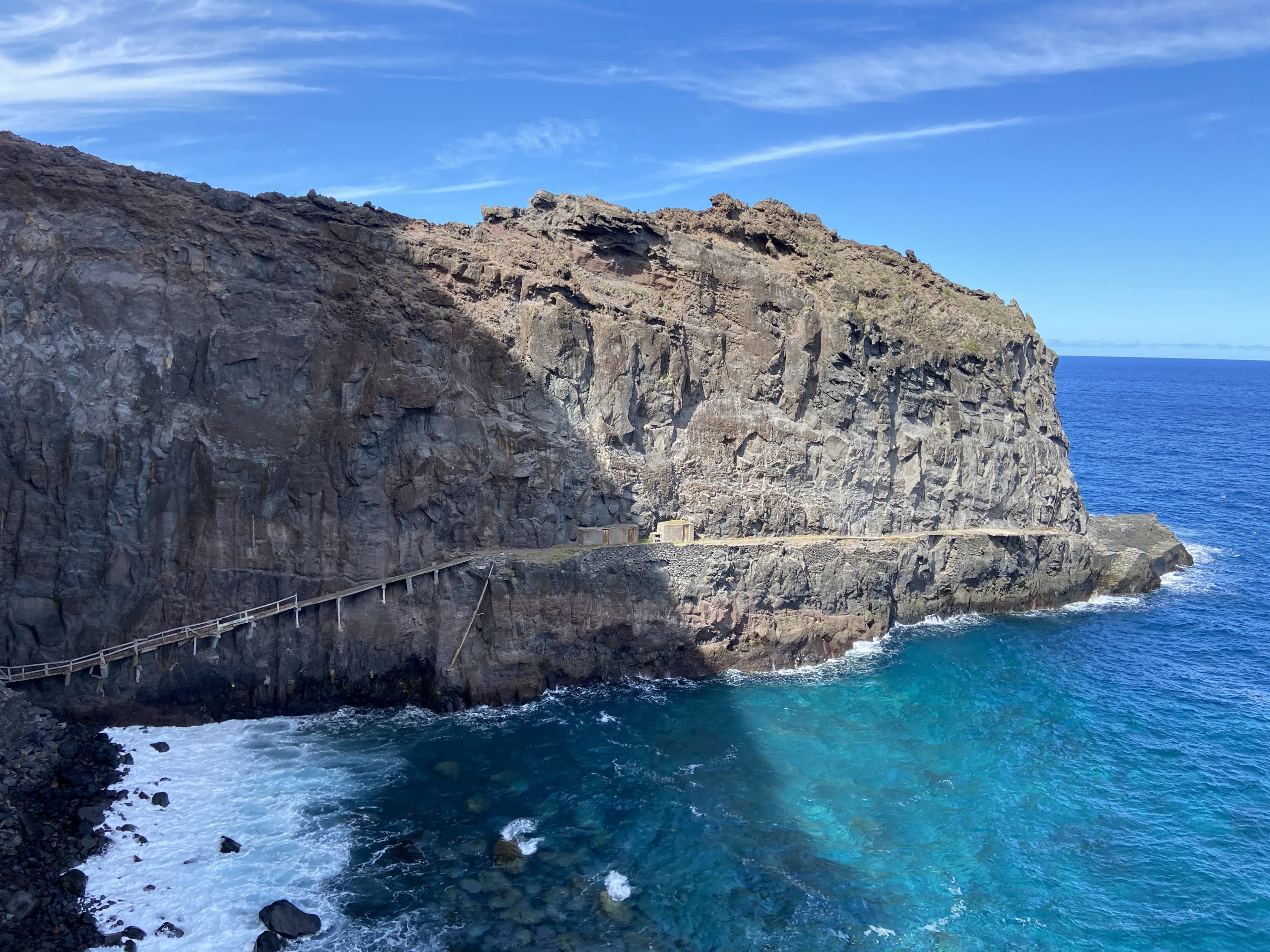 |
The path ends at an old concrete pier – the last part, a wooden footbridge, looks pretty unsafe and we did not dare to enter it. Still, the area, the steep cliffs and the colorful sea are very beautiful and worth the approx. 15 minutes of walking.
Arco de Sao Jorge
Along the coast from Arco de Sao Jorge to Sao Christovao there’s another very nice walk (Rother Hiking Guide version 2020, Hike Nor. 26). The start is a bit difficult to find: you’ll have to leave you car near to the restaurant “O Arco” at the side of the street. From there it’s an ancient stone path. After the first easy kilometers the path goes down quite steep and then up again. You are rewarded with great views of the coastal line, including very turquoise water:
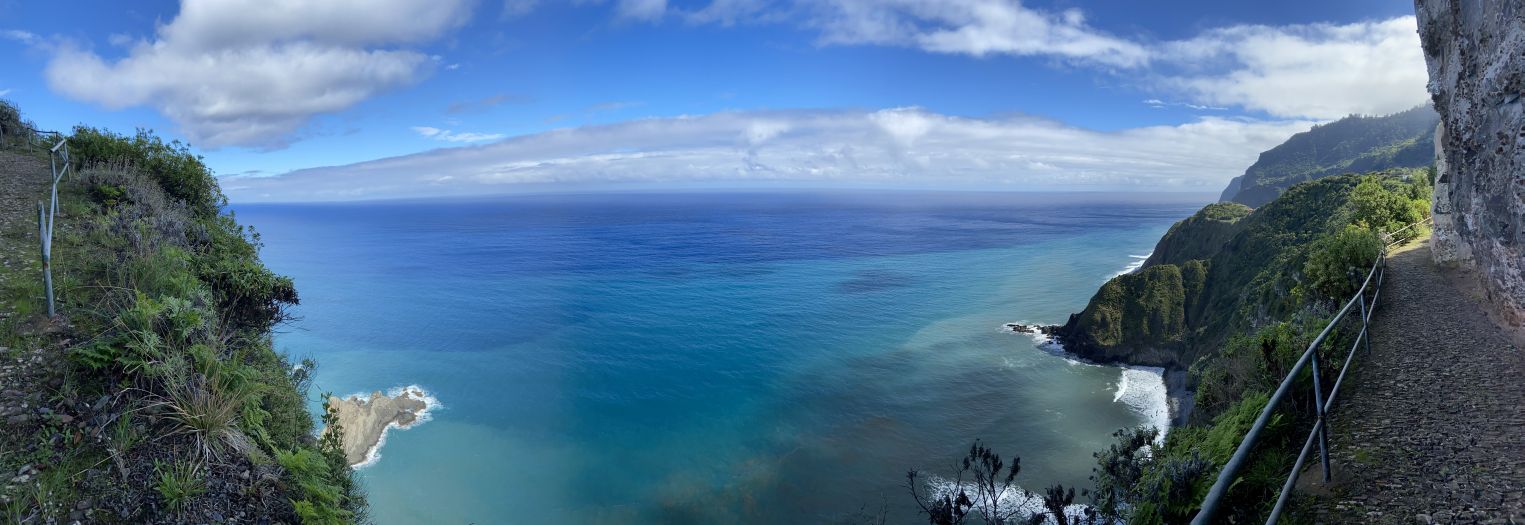
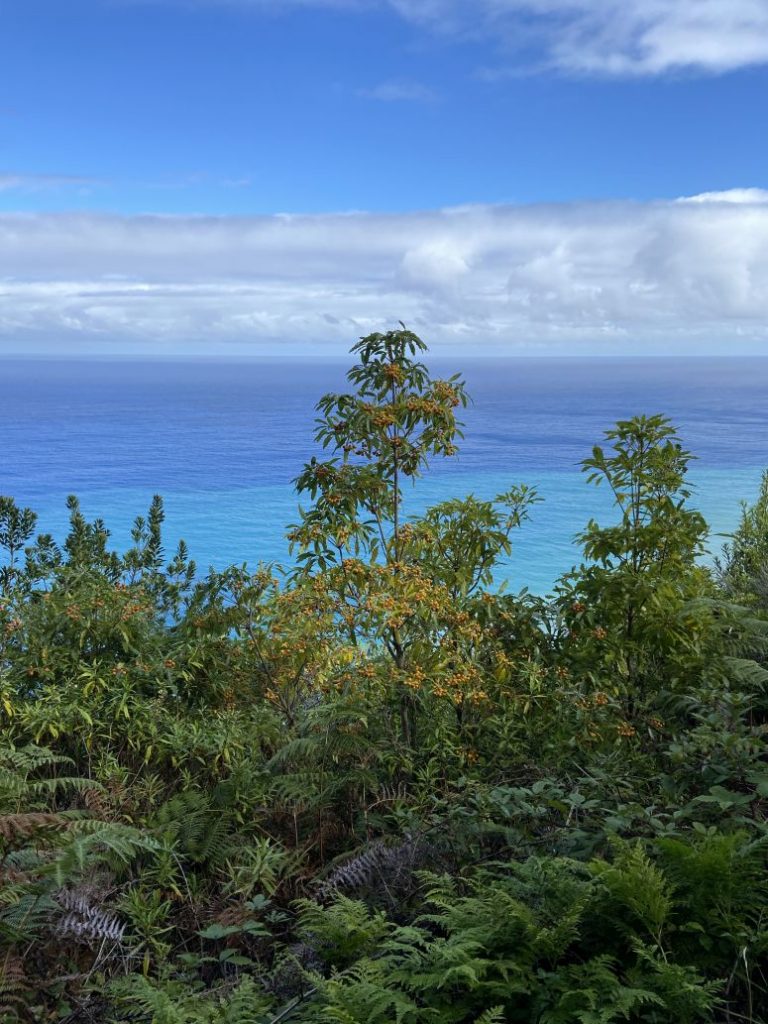 |
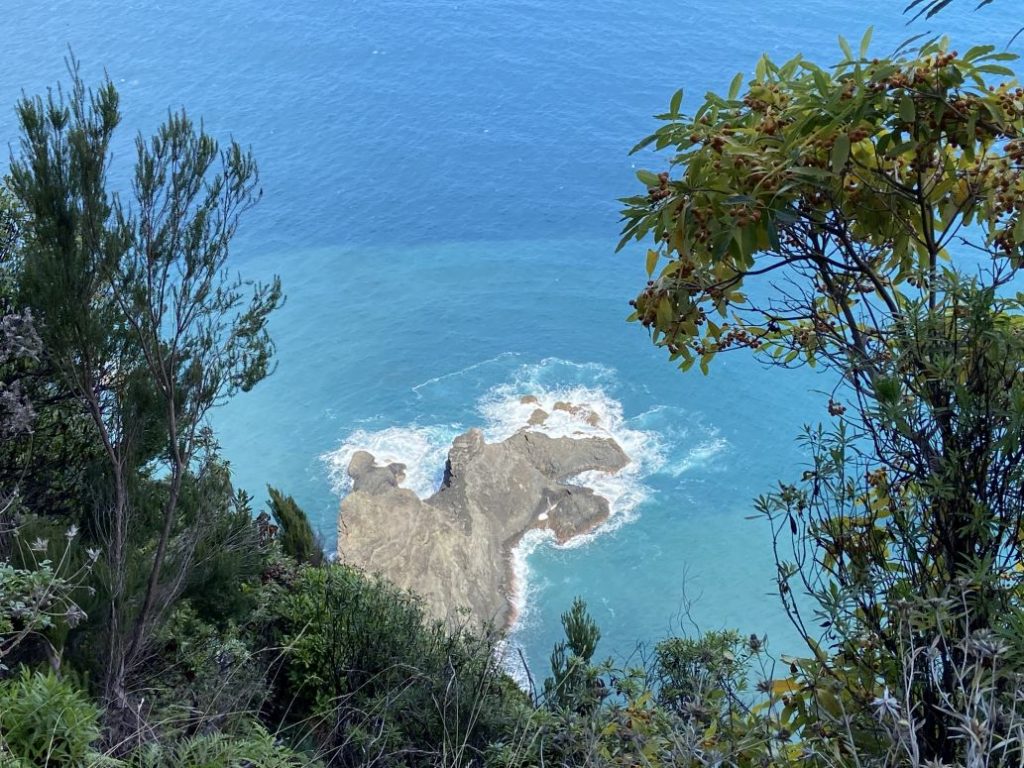 |
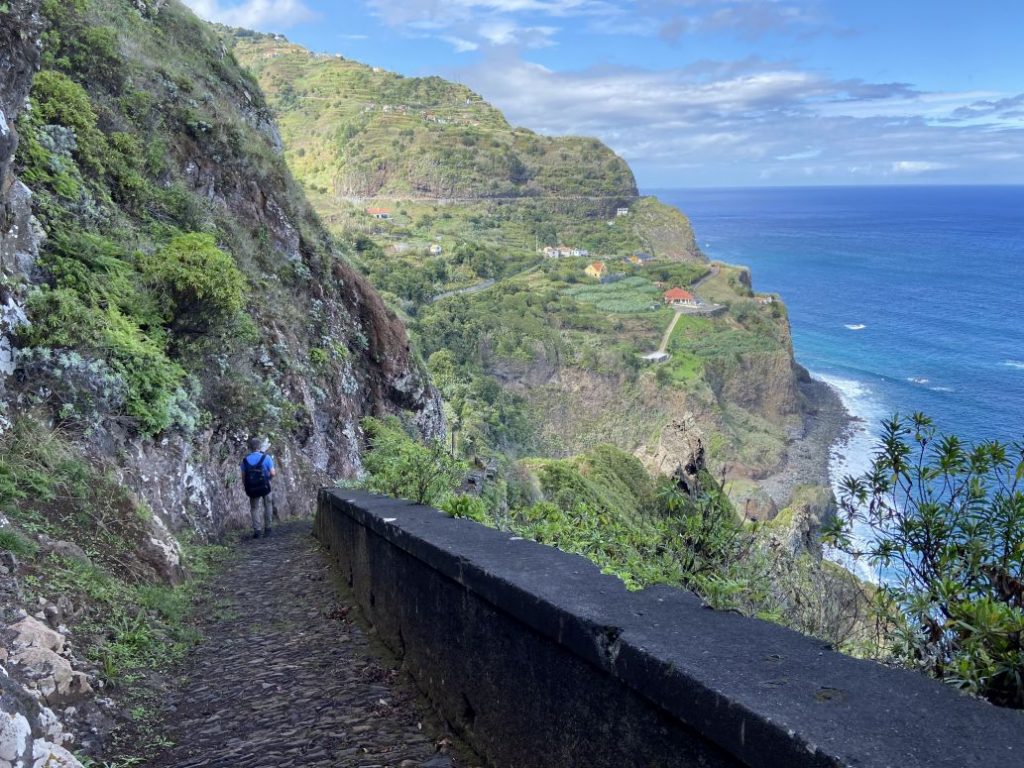 |
After the steep descend you’ll reach the ruins of an ancient sugar cane plant – a nice place to rest and enjoy the breathtaking view of the ocean, including interstingly colored stones at the beach:
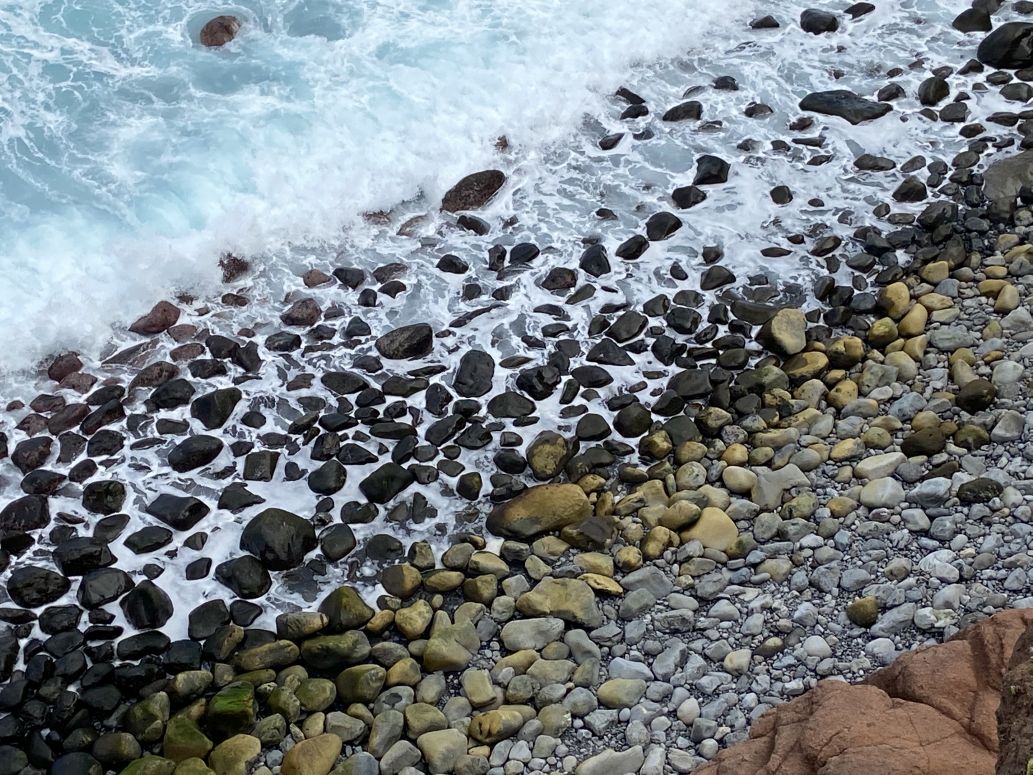
Passing a small bridge, the path continues up the hil to a small village, where a small restaurant offers a nice opportunity for a rest – the home-made icecream is absolutely recommended!
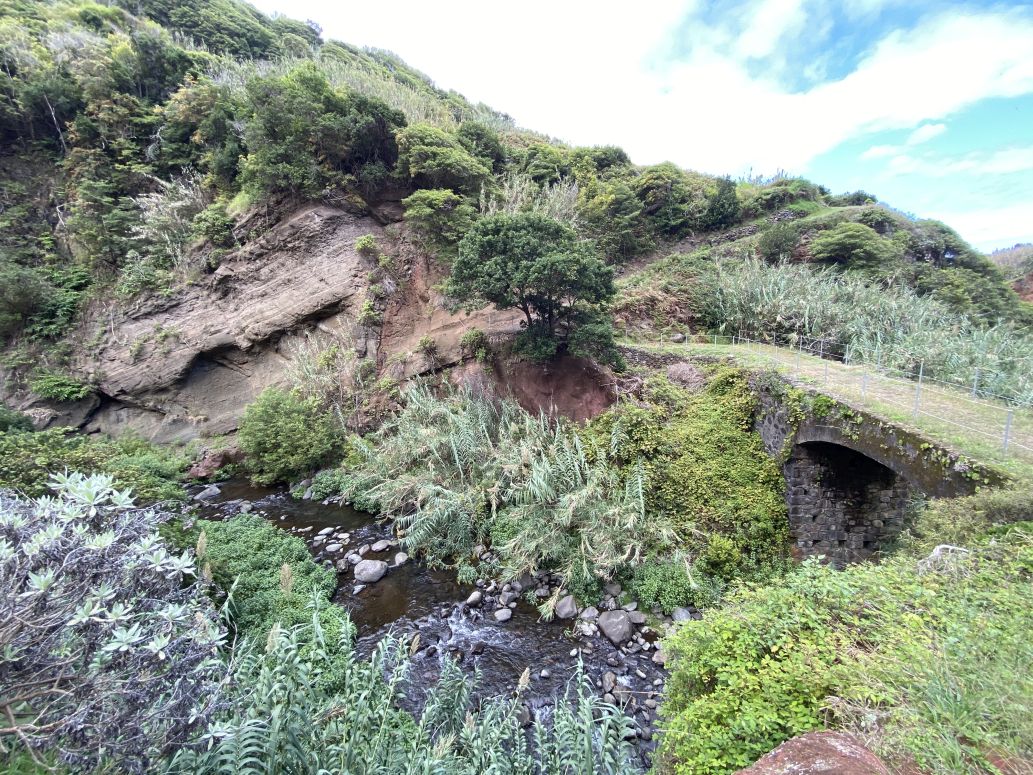 |
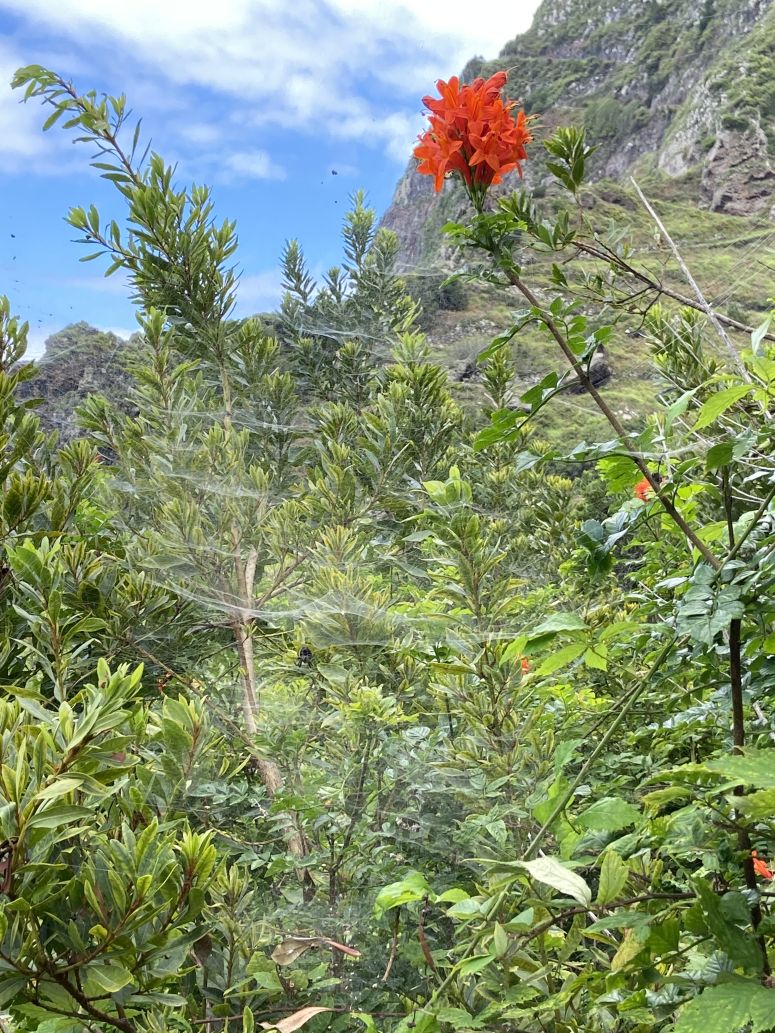 |
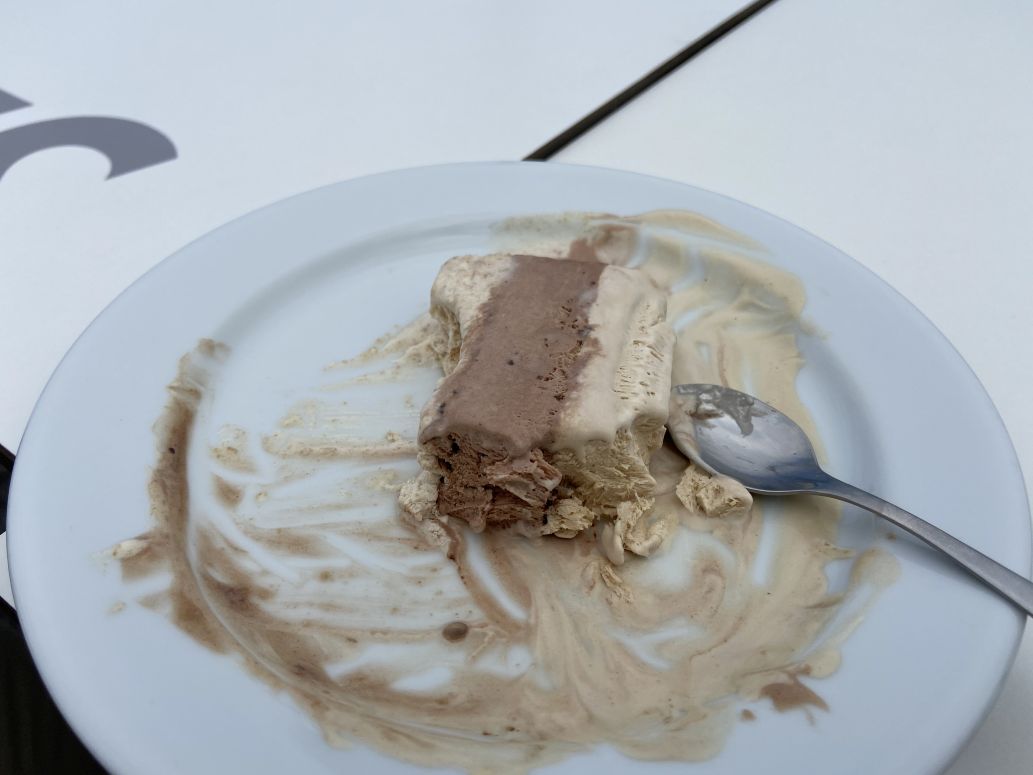 |
On the way there’s ample chance to see many of the “main inhabitants” of Madeira: small lizards:
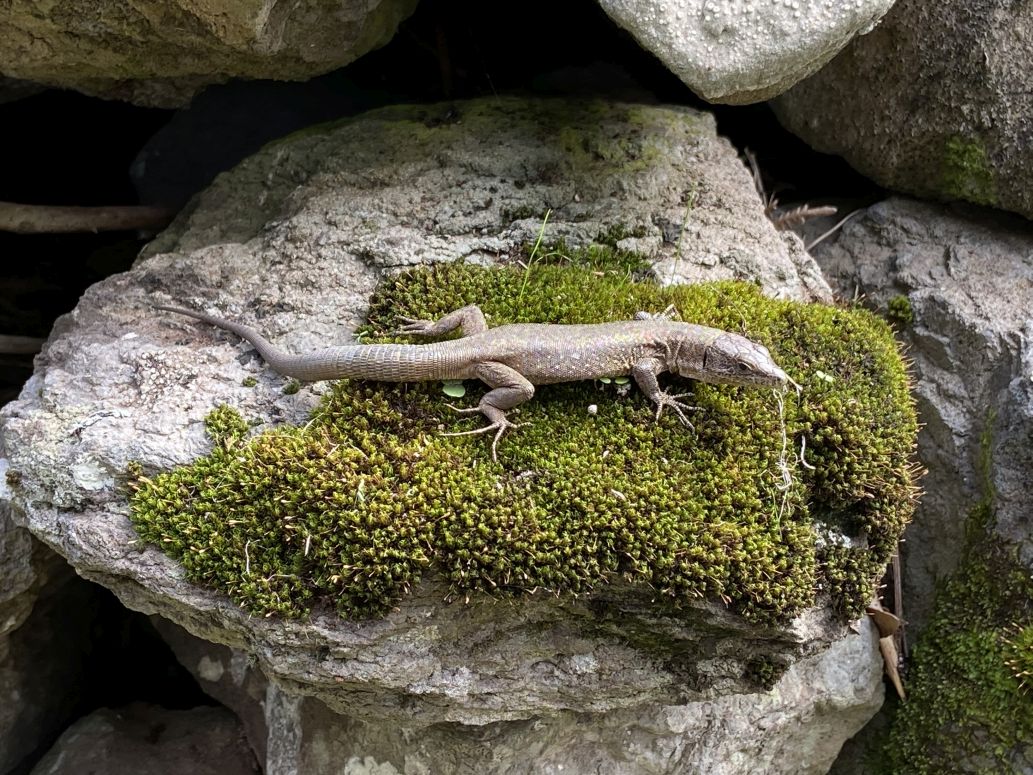 |
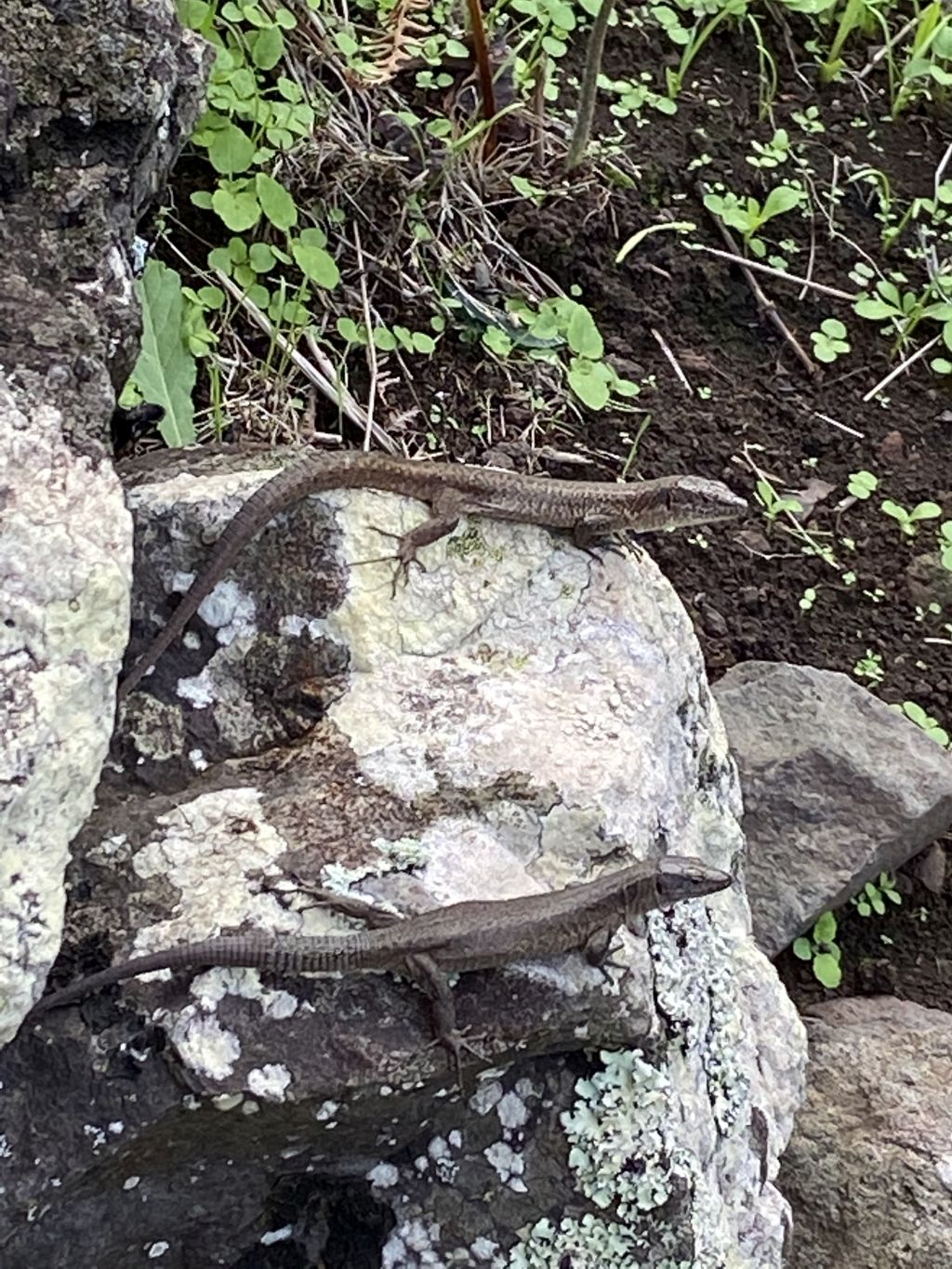 |
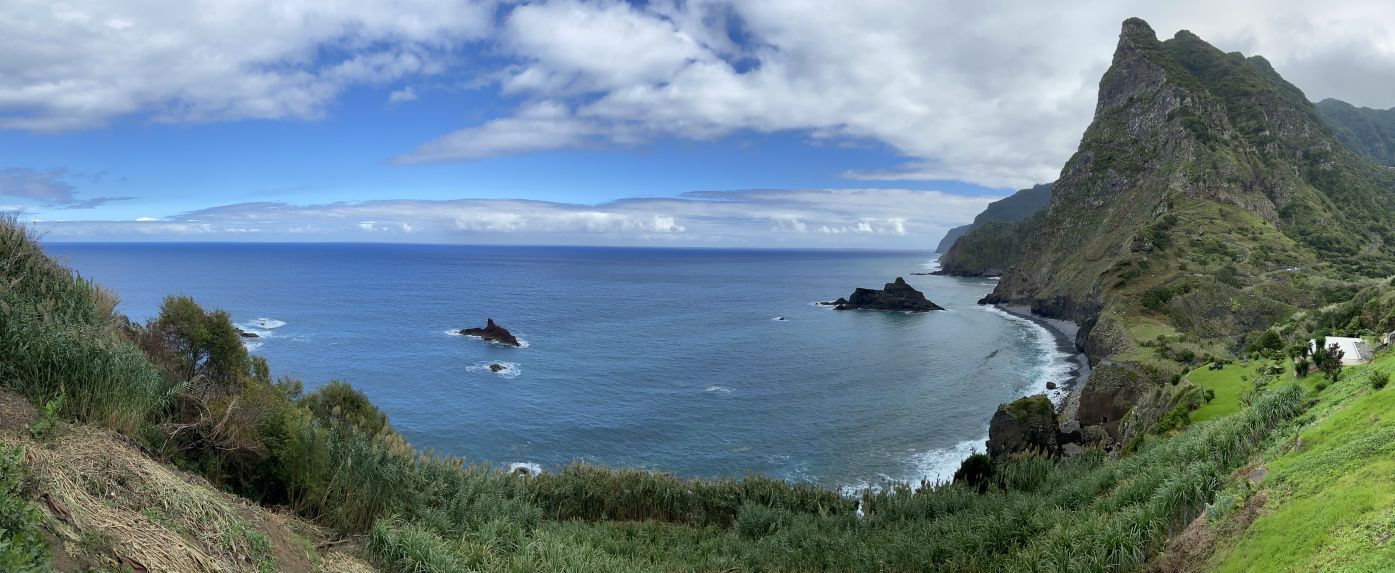
Ribeira de Janela
Further west on the north coast there’s the small town and impressive rocky beach of Ribeira de Janela. When we stopped there, the wind was blowing so strong that we almost could not leave the car. The path to the beach goes around (and – if you like – through a tunnel of) the cliffs. And the waves at the beach were really impressive:
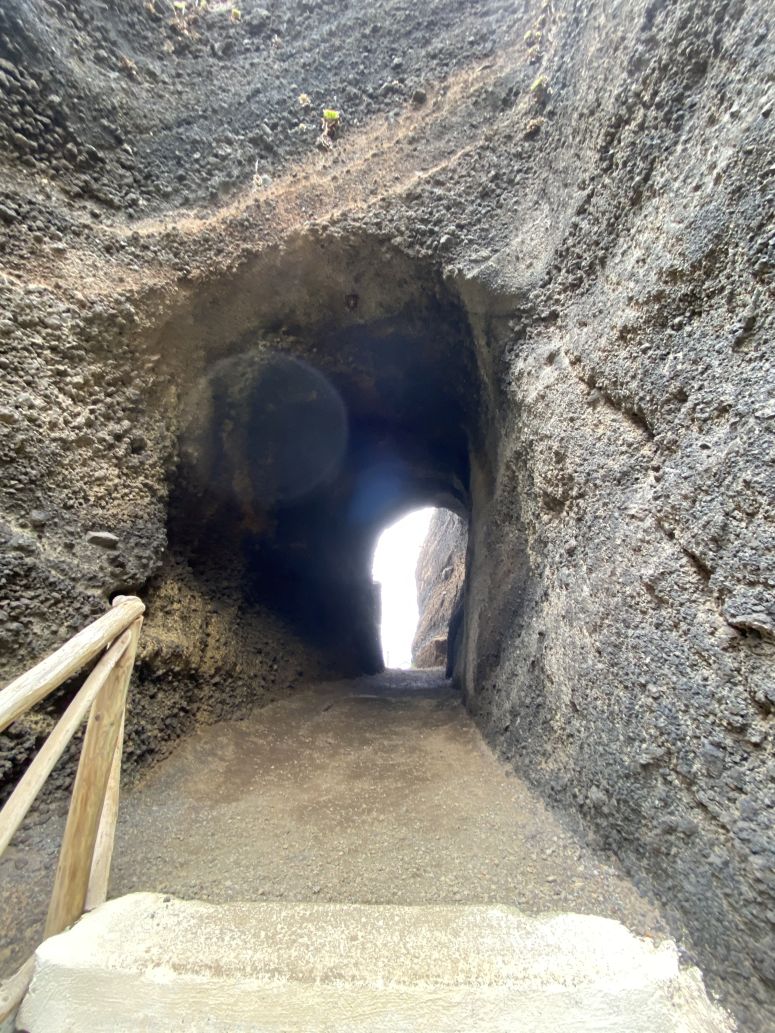 |
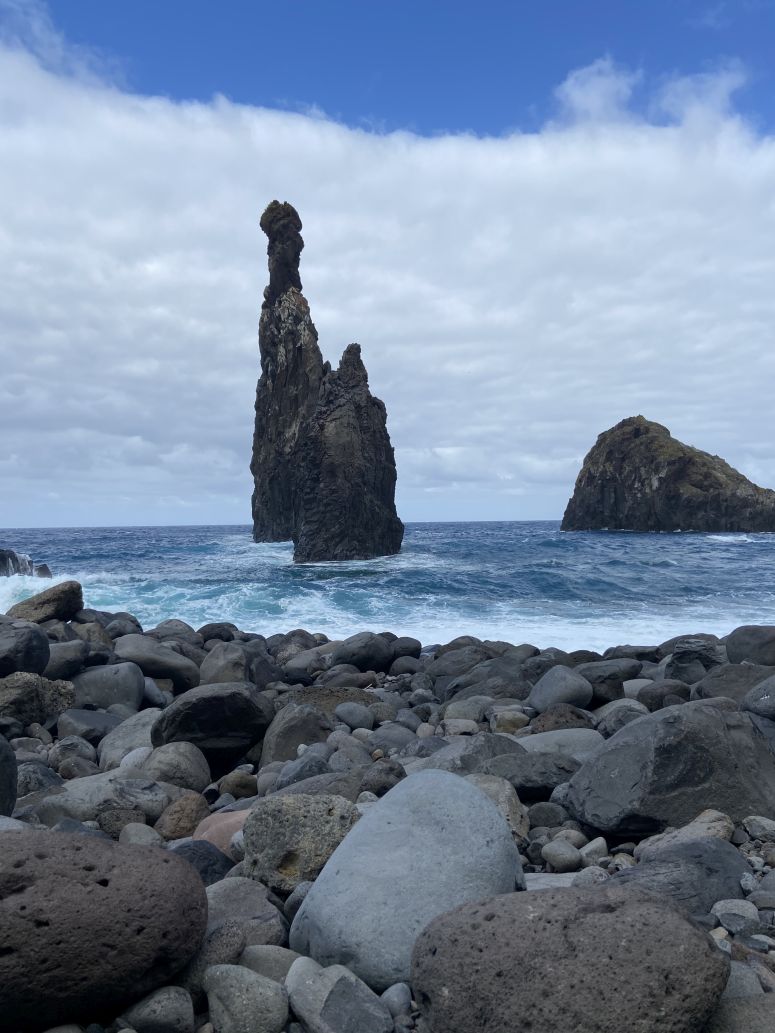 |
 |
Paul da Serra
The central parts of Madeira are characterized by high and very steep mountains and a high plain called “Paul da Serra”. This plain is a nice walking area, if the weather is good. There are some hikes featured in the Rother Hiking Guide, link Hike numbers 51 to 58. During our stay we passed the Paul da Serra plain quite often, but it was mostly misty and rainy, so we did not really stay long. Once we started with Hike no. 51, but returned after 30 minutes due to starting rain:
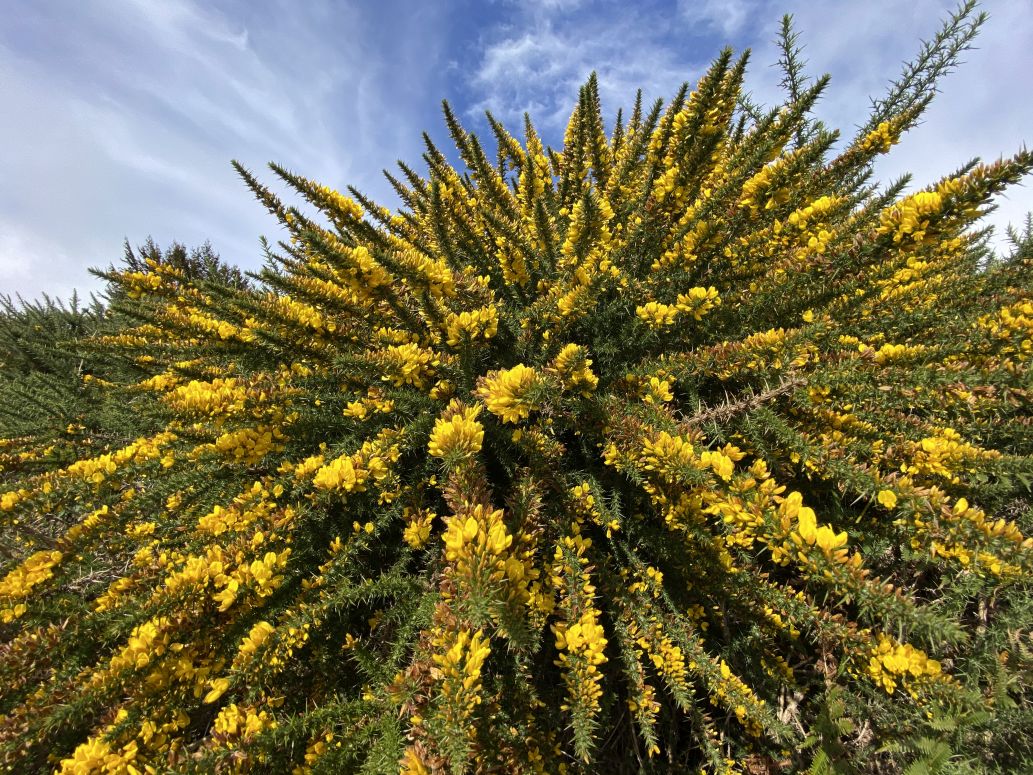 |
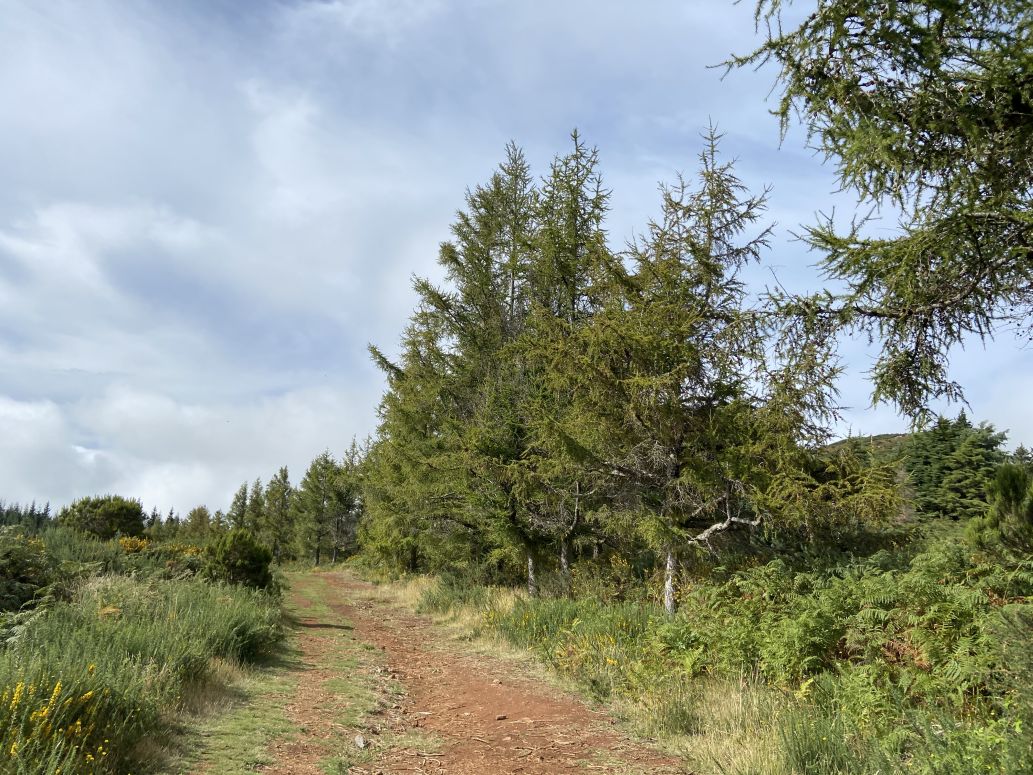 |
During this walk, we met thousands of locusts, and quite some big ones:

Folhadal
A comparably short and easy hike is Hike No. 45 of the Rother Hiking Guide, called “botanize in Folhadal”. The starting point is a bit tricky to find, as there are several paths starting at the Encumeada Pass. If you park the car in front of the miradouro or the souvenir shop, you’ll have to walk back down around the corner, and there you’ll find a small entrance to the “PR17 Caminho do Pinaculo e Folhadal”. From there it’s a “nice & easy” walk forth and back, which takes about 1,5 hours and provides everything that you would expect from a misty, humid Alurel Forest:
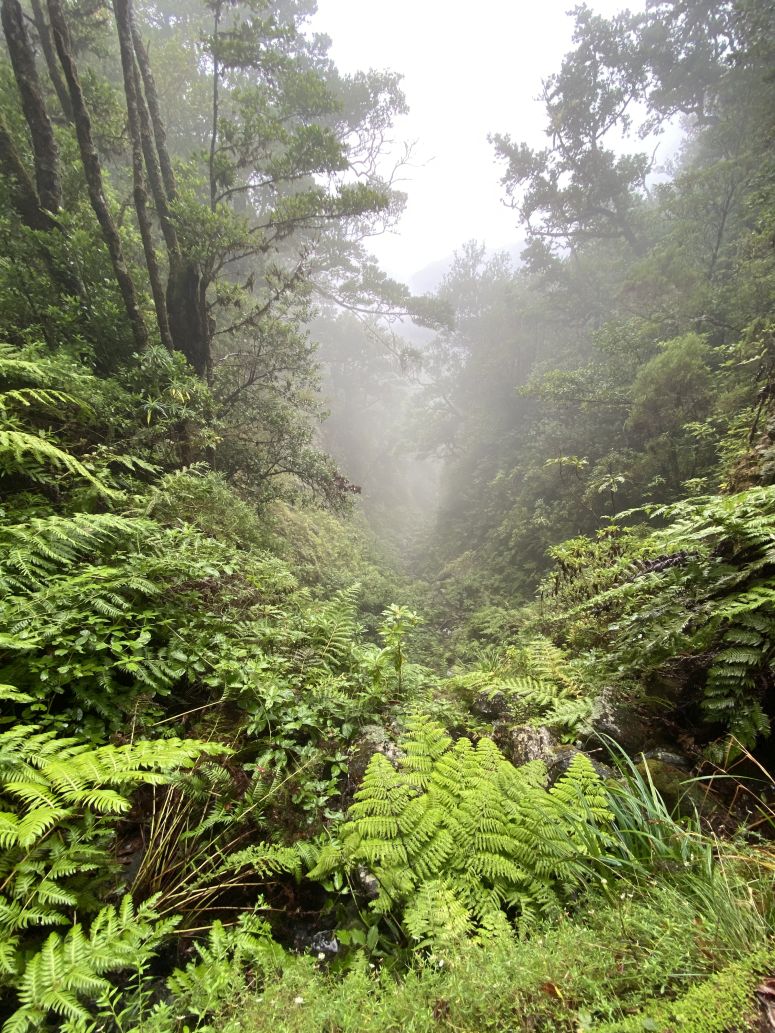 |
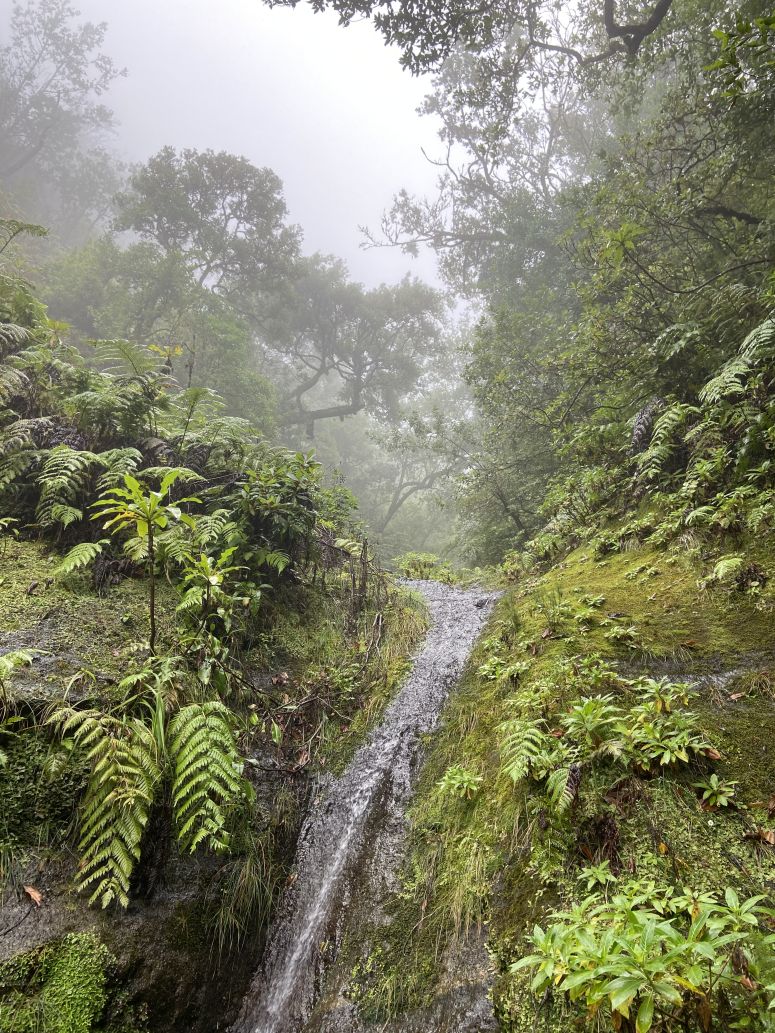 |
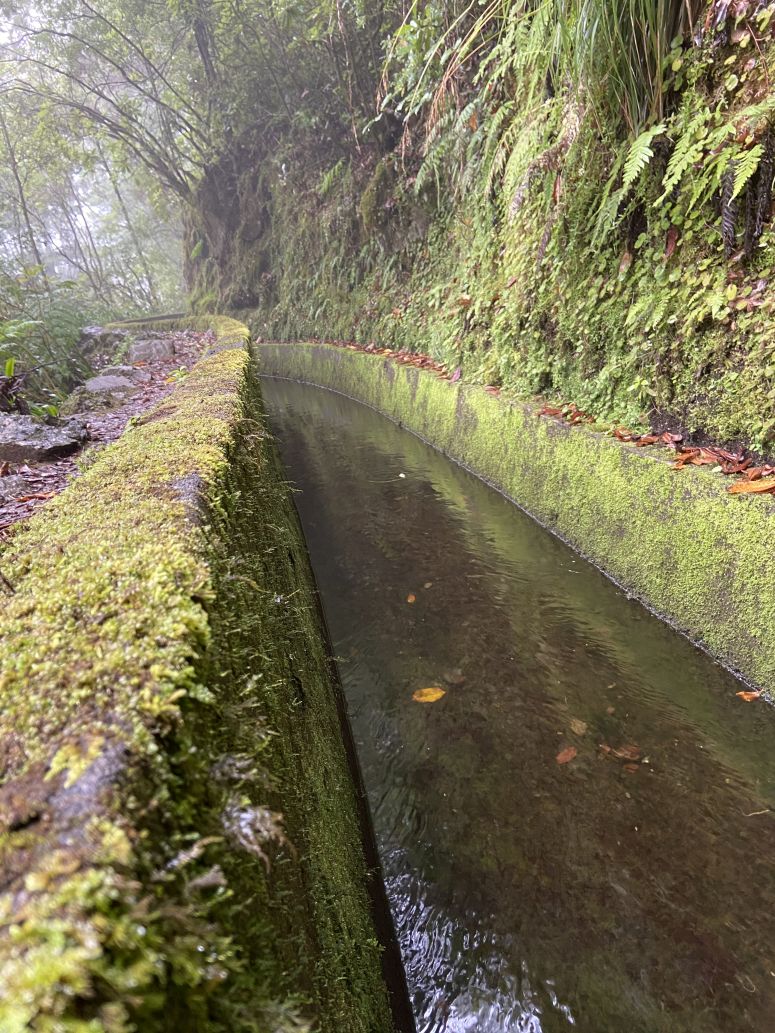 |
Many of the typical flowers can be seen, like the blue Agapanthus and the Hydrangeas in lighter blue:
 |
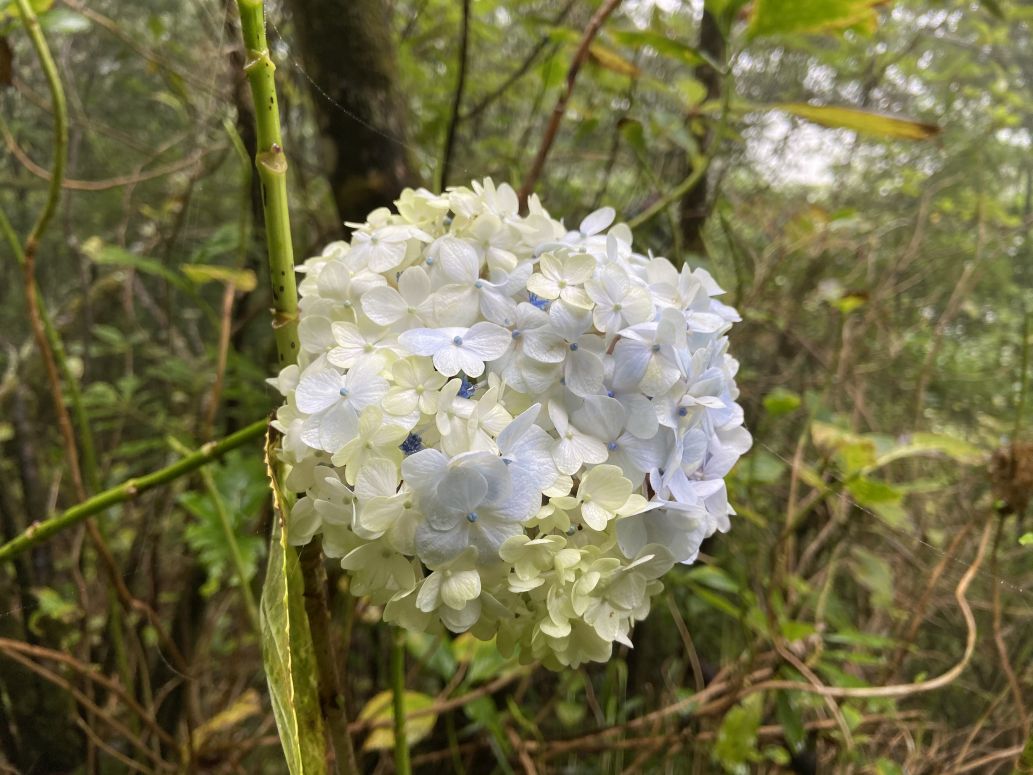 |
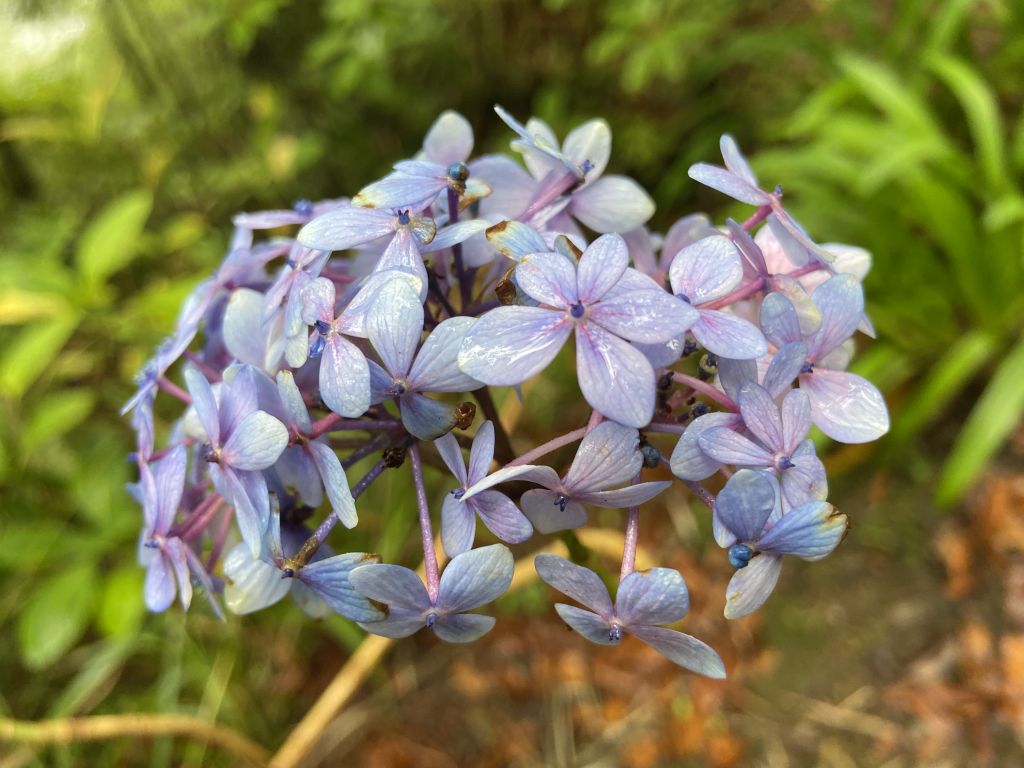 |
On the way, there is a tunnel to pass, which is quite exciting – don’t forget to bring a lamp / charged cell phone!
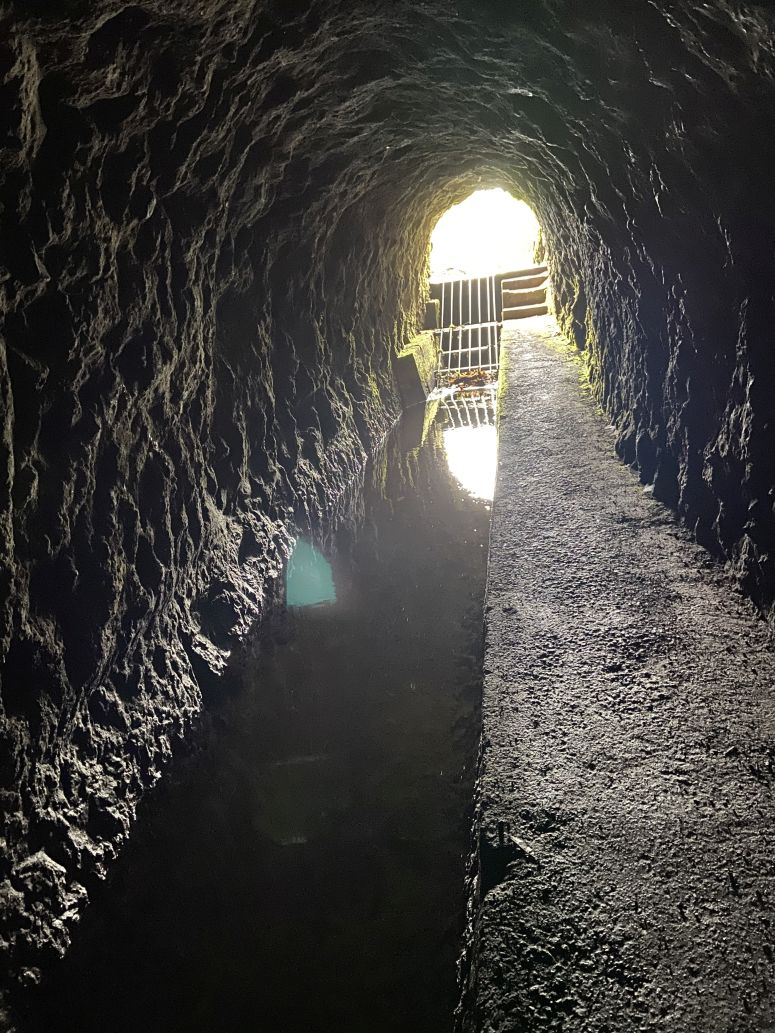 |
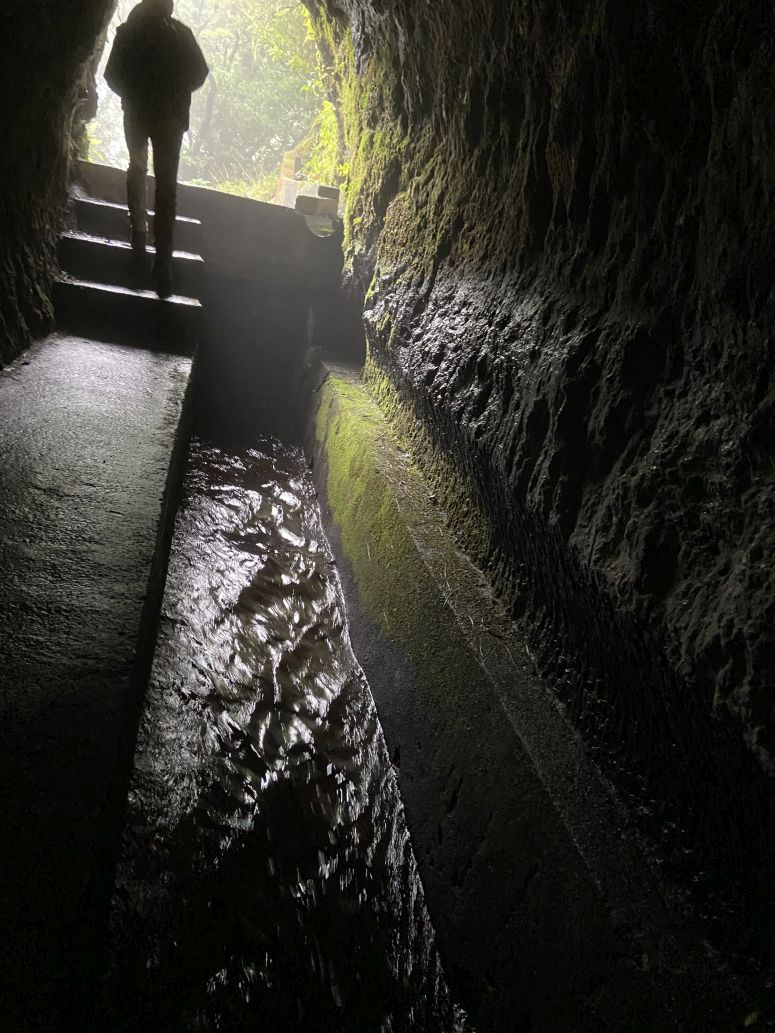 |
Behind the tunnel, the way gets more and more humid, passing some old stone gates, overflowered by the lush vegetation.
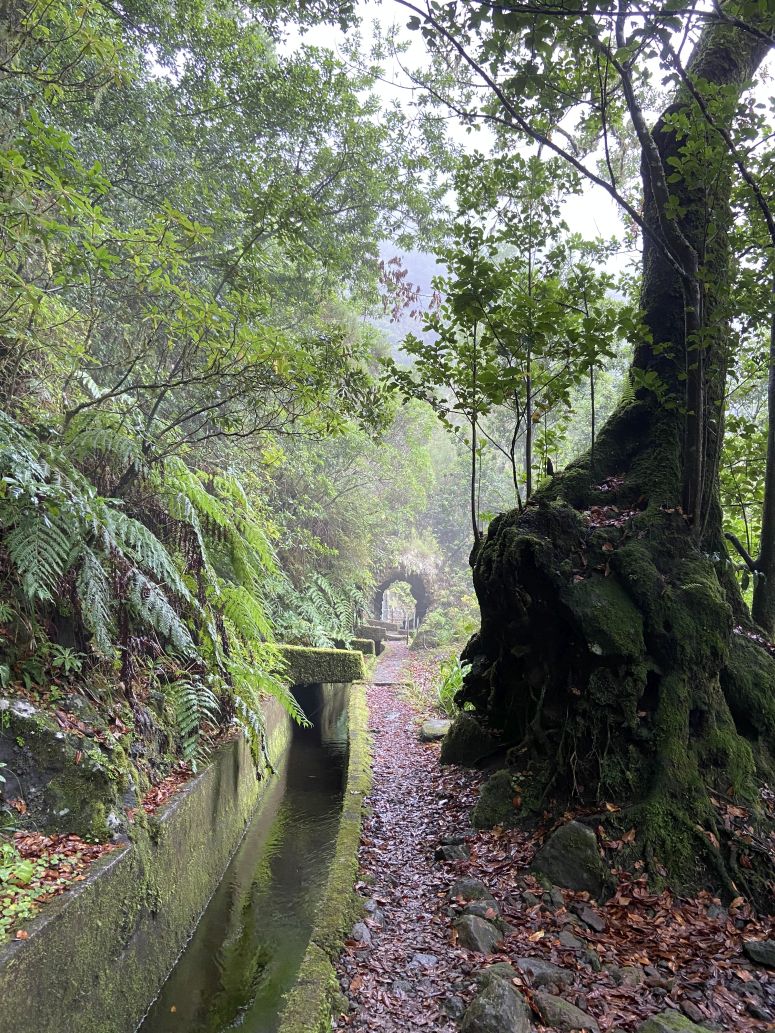 |
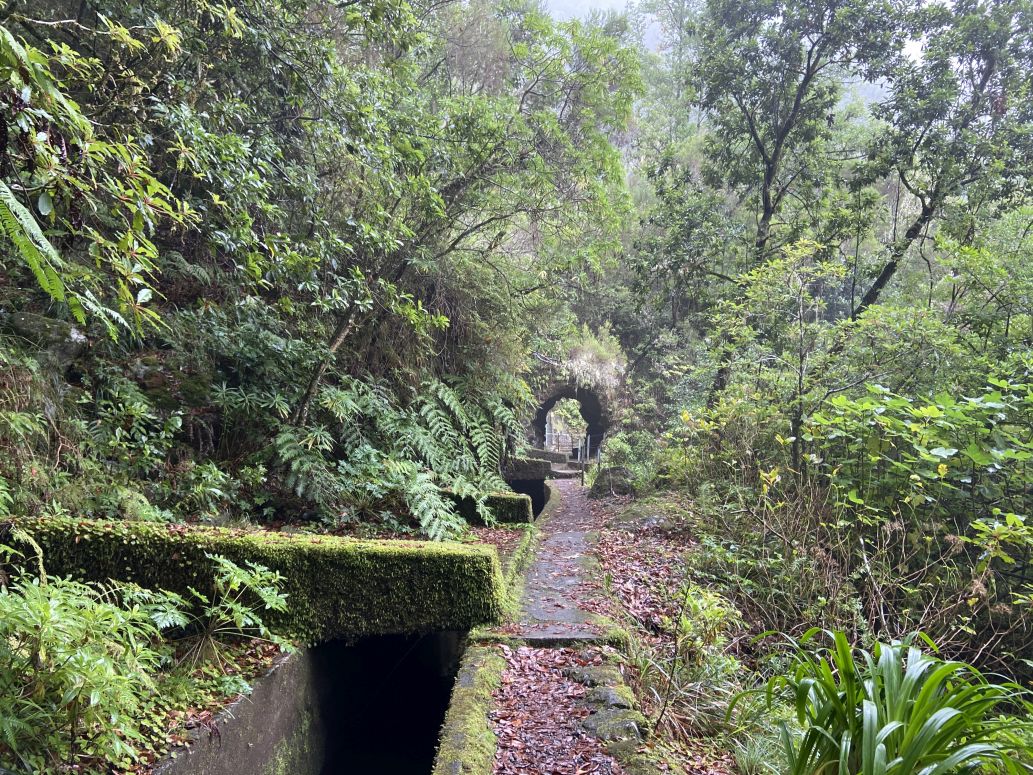 |
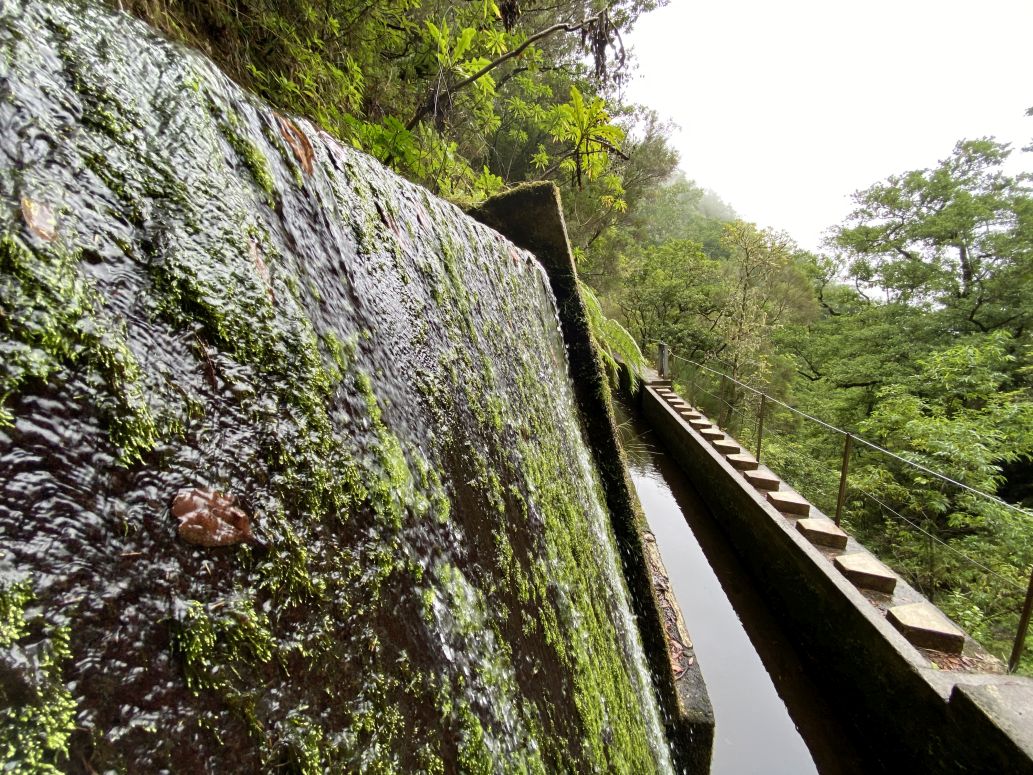 |
The original tour is a circle, but we decided to turn around just behind the stone gates. And figured out, that the weather can change really fast, depending on the clouds:
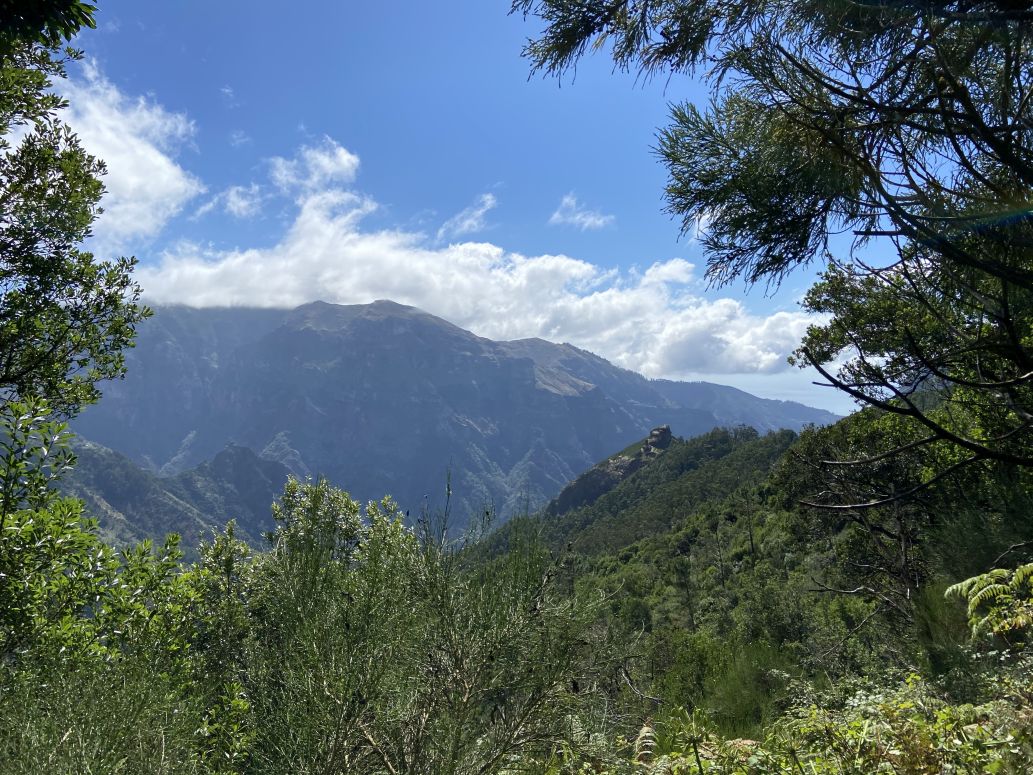 |
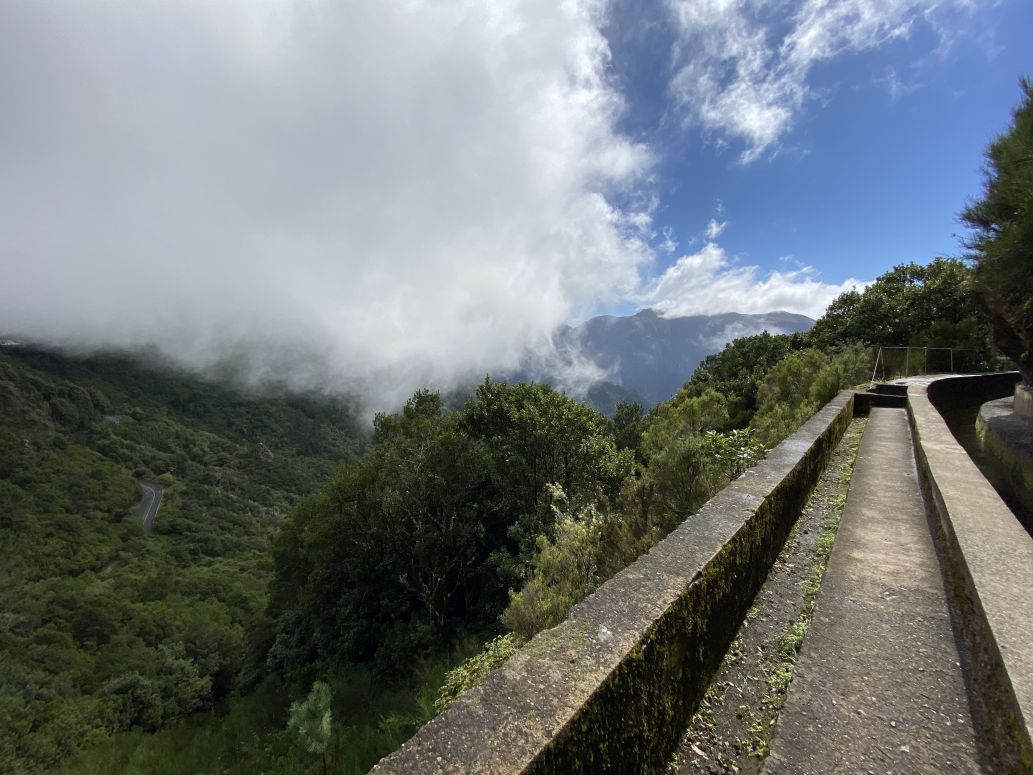 |
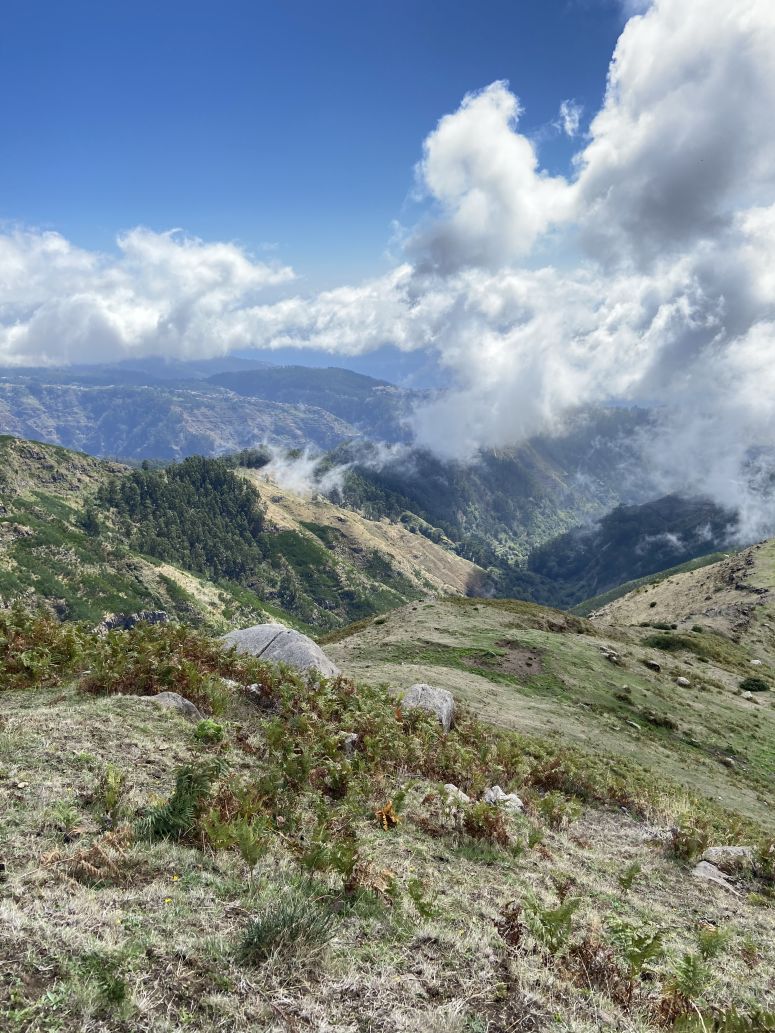 |
If you are a hiking fan, you should definitely plan a hiking tour in the mountains. Unfortunately. this is depending on (good) weather, and this is not guaranteed in October. In fact, we had very few days with cloudless blue sky. Mostly, the day started sunny and then clouds would appear around noon. Thus, it seems advisable to start longer mountain tours early in the morning.
Pico Grande
We had a try with tour no. 35 of the Rother Hiking Guide, and went just the first part to the base of Pico Grande and back.

This is a nice hike with moderate slopes and can be done in half a day, including the drive to the start point at Boca da Corrida. The hike climbs up to the Boca do Serro and then leads with some ups and downs further to the Pico Grande. There are some steep hillslopes to pass, but the path is always quite broad and safe…
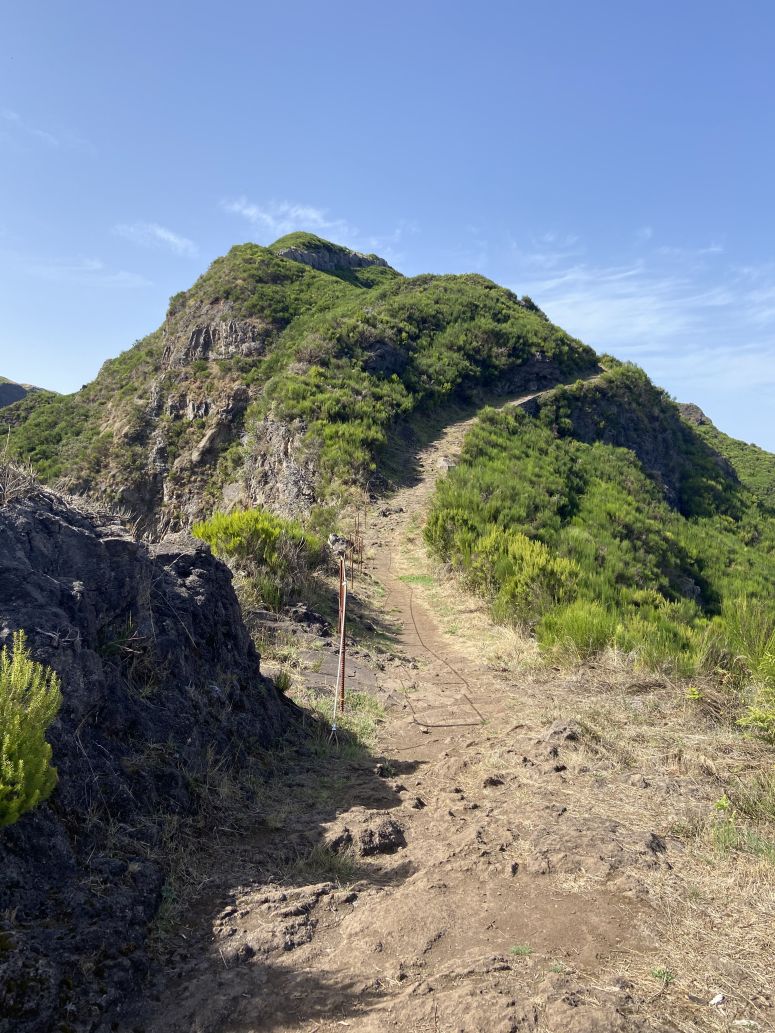 |
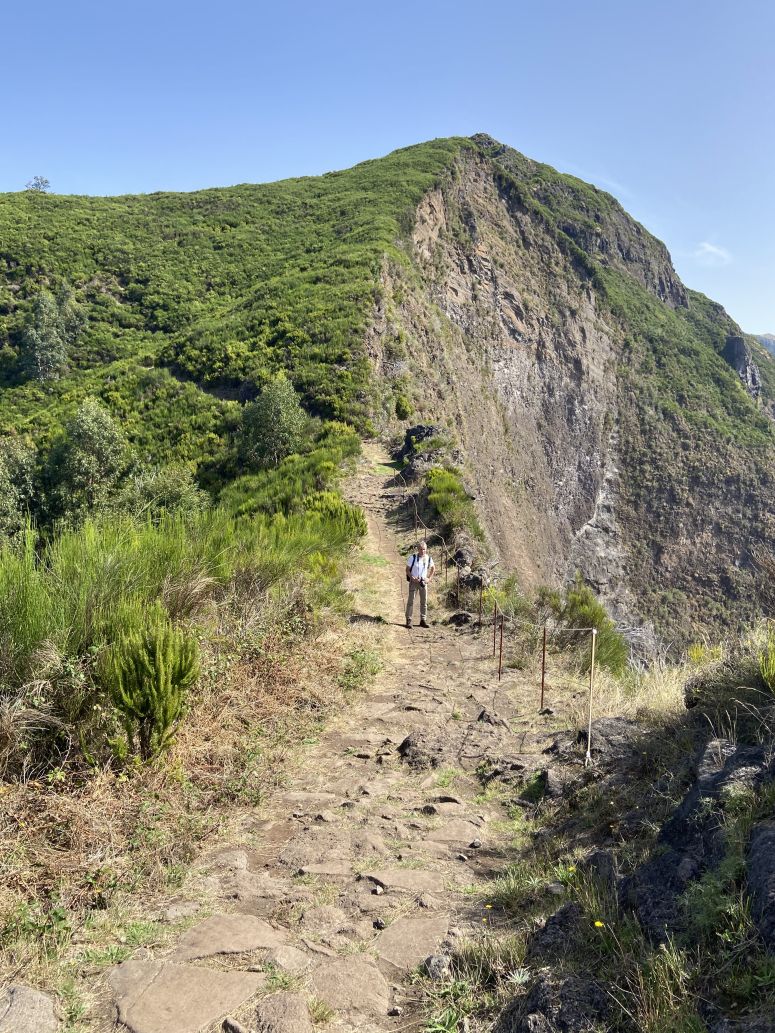 |
…and the vegetation is quite different from the coastal areas:
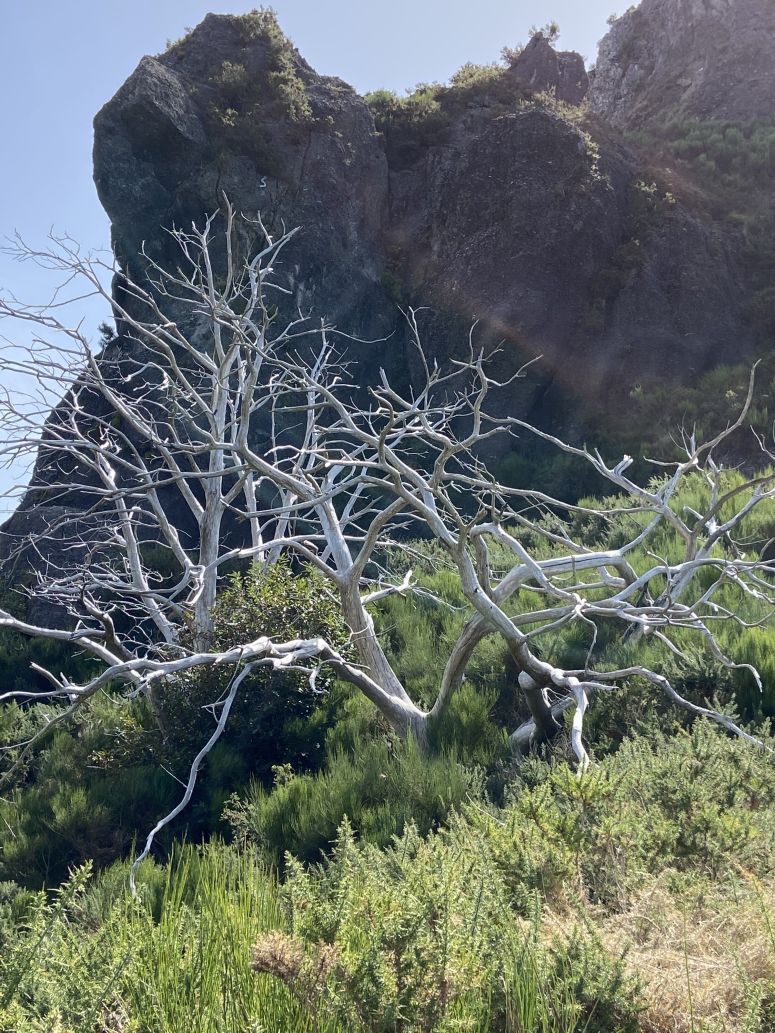 |
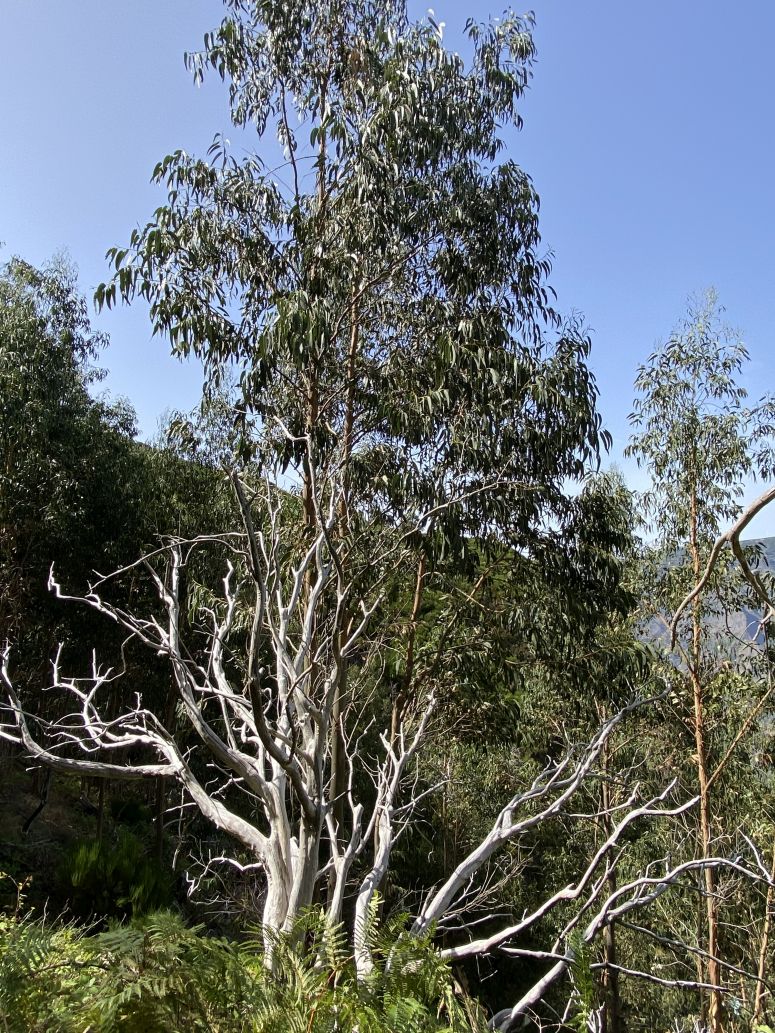 |
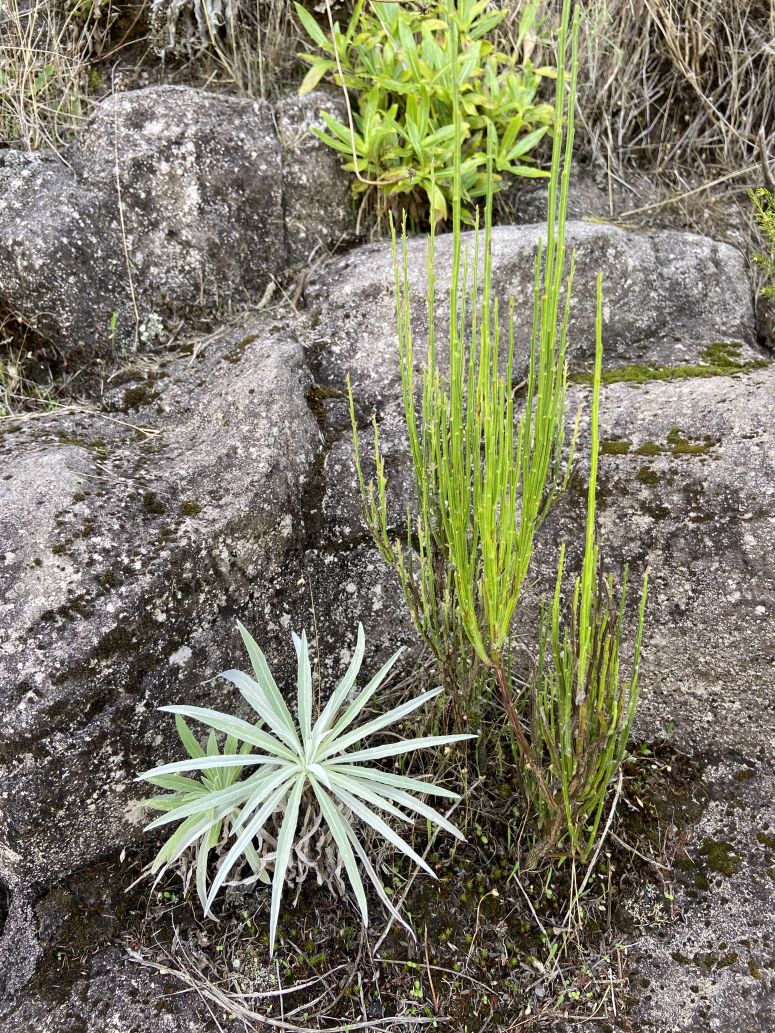 |
Some traverses offer nice views of the surrounding mountains:
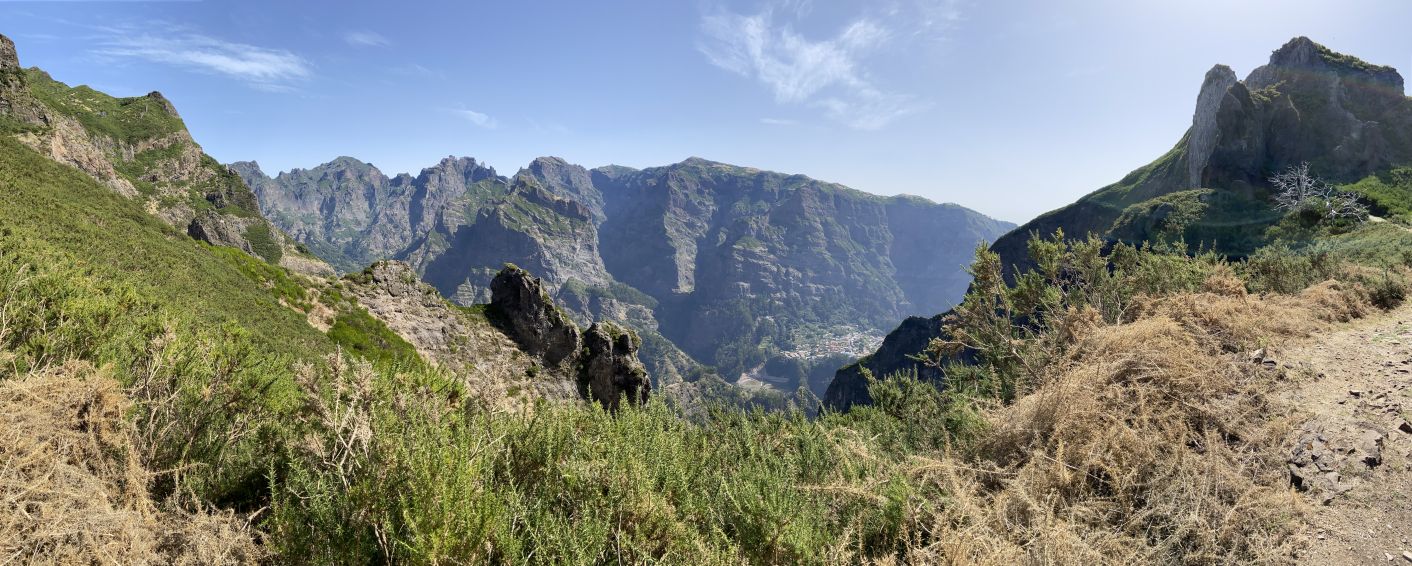
And finally, there’s also some fauna to be seen, like this tiny scorpio:
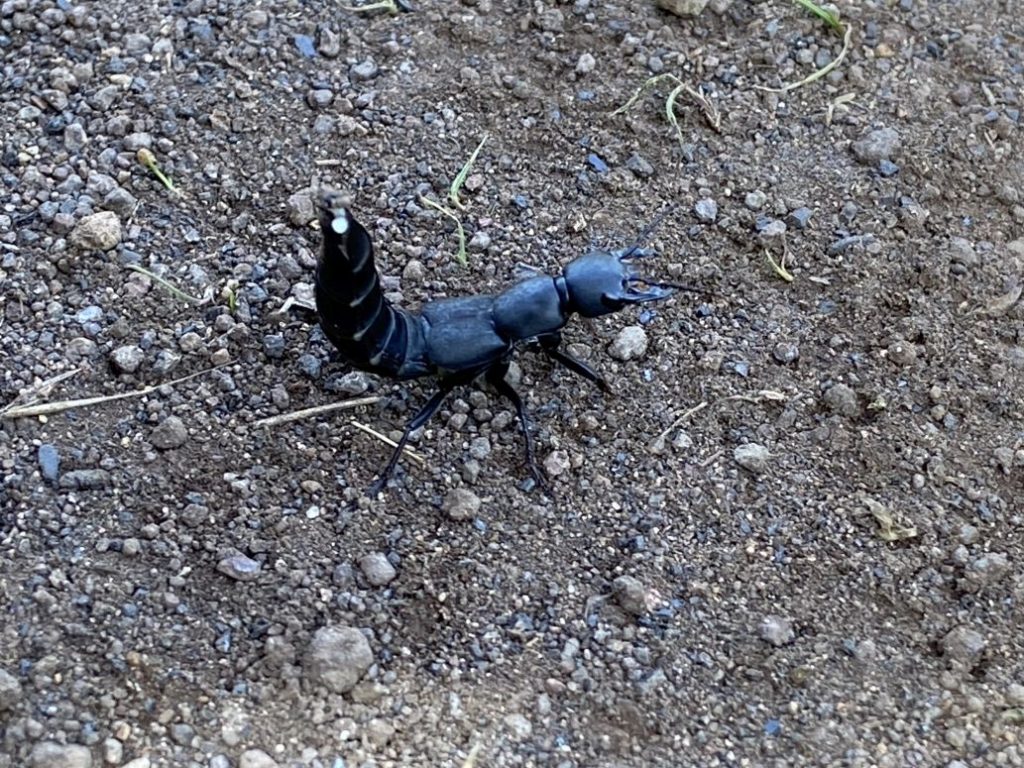
There are many more and ambitious hikes! And other rewarding destinations – visit also Part 1 and 3 of our Madeira trip. In part 1 you will find some more details about our Restaurant recommendations
Madeira – our Trip in three Parts:
| This is part Part 2; northern and central areas; you’ll find Parts 1 and 3 here: | Part 1: western area & Poncha recipe
|
Part 3: eastern areas and Funchal – coming soon!
|
Recipe: Picado Traditional
A Picado is a quite informal meal, basically served everywhere on Madeira. It is a tender beef stew, accompanied with French Fries. The locals share it, don’t bother with fork or knife, but eat it just with toothpicks.
Ingredients for 4 persons
- 800 g of beef loin, cut into small cubes (about 2cm)
- 200g of mushrooms
- 1 large onion, diced
- 2 garlic cloves (minced)
- Butter and olive oil
- salt & pepper
- 2 large laurel leaves
- 1 Teaspoon of tomato paste (concentrated tomato puree)
- 500 ml beef broth
- 1 large glass of white wine
The meat is fried with a bit of olive oil and butter, onion, garlic and tomato paste are added, then add the white wine and a bit later the hot beef broth and the Laurel leaves. Season with salt and pepper. Let the stew simmer for at least 3 hours – the meat should almost fall apart in the end. Enjoy!
Greetings from Madeira!
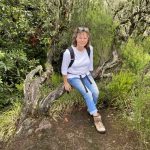
*According to a German Court decision, all texts containing links to commercial pages (e.g. links to Tripadvisor, Airline, hotel or restaurant websites) have to be identified as “commercial” (in German “Anzeige”). As my texts do contain links like that, I therefore identify each post and page containing a link as “Anzeige”. However (and referring to the “About Me” page) I would like to point out that I do NOT post any sponsored content in my texts. I pay for all my trips myself.
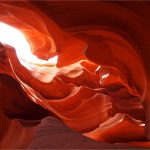

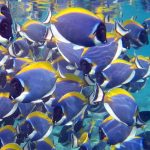
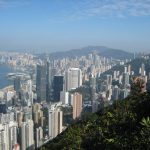
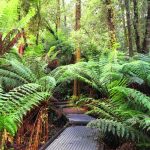

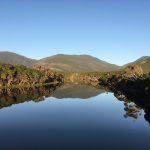
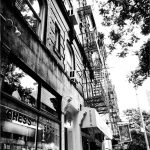
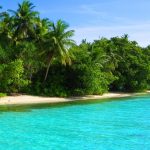
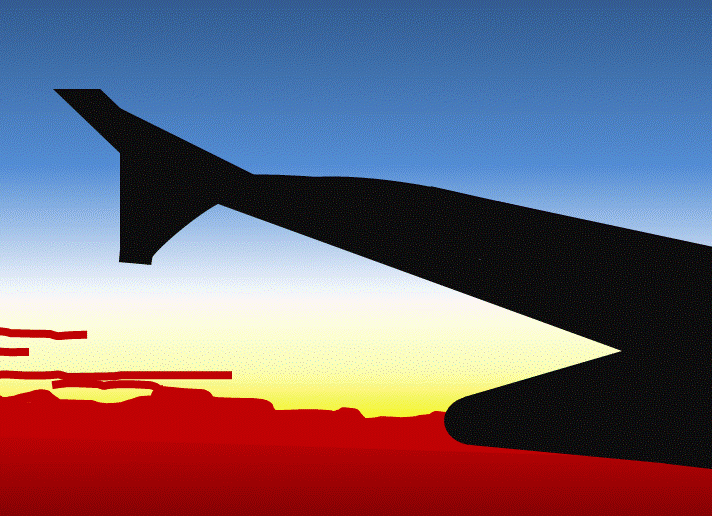
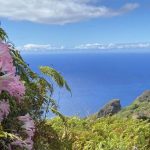


1 Comment